Images in Conflict: Photographic and filmic images of situations of crisis and conflict change in terms of aesthetics and applications, thereby becoming targets themselves. On the one hand, image producers and the distribution channels for images have multiplied in the course of digital developments. This broadens perspectives and enables new narrative forms. On the other hand, it is associated with an upheaval of classical photojournalistic self-perception. The rivalry between visual strategies can increase the affective potential of images. It also raises the question to what extent photographs can still function as witnesses. In the realm of claims to truth, they move among authenticity, objectivity and propaganda. Their contextualisation and framing create meanings and require reflection.
The symposium Images in Conflict will bring together experts in the theory and practice of photographic images and foster a discussion of visual testimony and emotional persuasiveness.
Four panels will elucidate various aspects of images in conflicts.
Under the topic of ›Agents and Perspectives‹, Dutch photographer Geert van Kesteren (›Why, Mister, Why?‹ and ›Baghdad Calling‹), Syrian graphic designer Dona Abboud (Out of Syria, Inside Facebook), pictorial scientist Philipp Müller (ISIS’ Image Strategies) and communications scientist Dr. Felix Koltermann (Photojournalists in Conflict: International Photojournalists in Israel/Palestine) will speak about the confrontation of professional shots and amateur pictures, the potential complicity in virtual testimony and the influences that production conditions have on photojournalistic acts in areas of conflict.
The subject of the second panel will be ›Nothing but the Truth‹: experienced journalist and Human Rights Watch spokeswoman Emma Daly (New York) will report on how photographic witnesses are used as evidence in the struggle for human rights. Prof. Dr. Ursula Frohne (University Münster), an art historian, will address the interplay of iconic picture status and the impression of certainty based on Harun Farocki’s ›Serious Games‹. Photographer and author Michael Ebert will discuss the misinformation that infuses the reception history of Nick Ut’s famous Vietnam War photos of children burnt by napalm. Stephen Mayes of the Tim Hetherington Trust will ask what digital processes make of the truth of an image.
The third panel will be devoted to pictures, and sometimes even conflicts, that are ›Visibly Invisible‹. In his project War Porn, Christoph Bangert (Cologne) carried out the daring experiment of switching off his inner censor and confronting us with pictures that challenge our viewing habits despite all the horrific images in circulation. Magnum photographer Donovan Wylie focuses on military architecture in conflict landscapes in his seemingly peaceful photos. Furthermore, Adam Broomberg, one partner in the artistic duo Broomberg&Chanarin, will warn against seeing pictures as singularities. Prof. Dr. Karen Fromm (Hanover University of Applied Sciences and Arts) will take on the theoretical classification of the mechanisms of exclusion and visualisation in photojournalism. Santiago Lyon, as keynote speaker, will report on his work for picture agencies (most recently AP, New York) and their practice of selecting photographs for editorial purposes. The panel will be moderated by the multi-award-winning photographer Dr. Paul Lowe from the London College of Communication.
›How to make images matter?‹ The closing panel will combine various approaches to the question of the efficacy of pictures. Author Dirk Gieselmann (Berlin) and photographer Armin Smailovic created an ›Atlas of Angst‹ on their journey through Germany. They use photos as one medium among others in order to convey the results of their research. Prof. Dr. Martin Scholz (Hanover University of Applied Sciences and Arts) will share his thoughts on the phenomenon of pictures as ›fans‹ of other pictures in the sense of the development of the effects of iconic photographs in their reception by subsequent photos. Dr. Vera Brandner (Innsbruck) will discuss photography as a form of action, dialogue and reflection whose effects become applicable in working with people in situations of cultural difference. Making photos both usable and useful is also a central topic of the presentation to be given by Prof. Dr. Rolf F. Nohr (Institute for Media Research, Braunschweig University of Art). He will look at images of flight and current populist picture strategies from the approach of critical discourse analysis.
Ultimately, questions continue to surround the core problem of the main task of photojournalists: how can pictures provide authentic reports and have an effect that touches us without manipulating us?
Symposium – Images in Conflict – Day 1

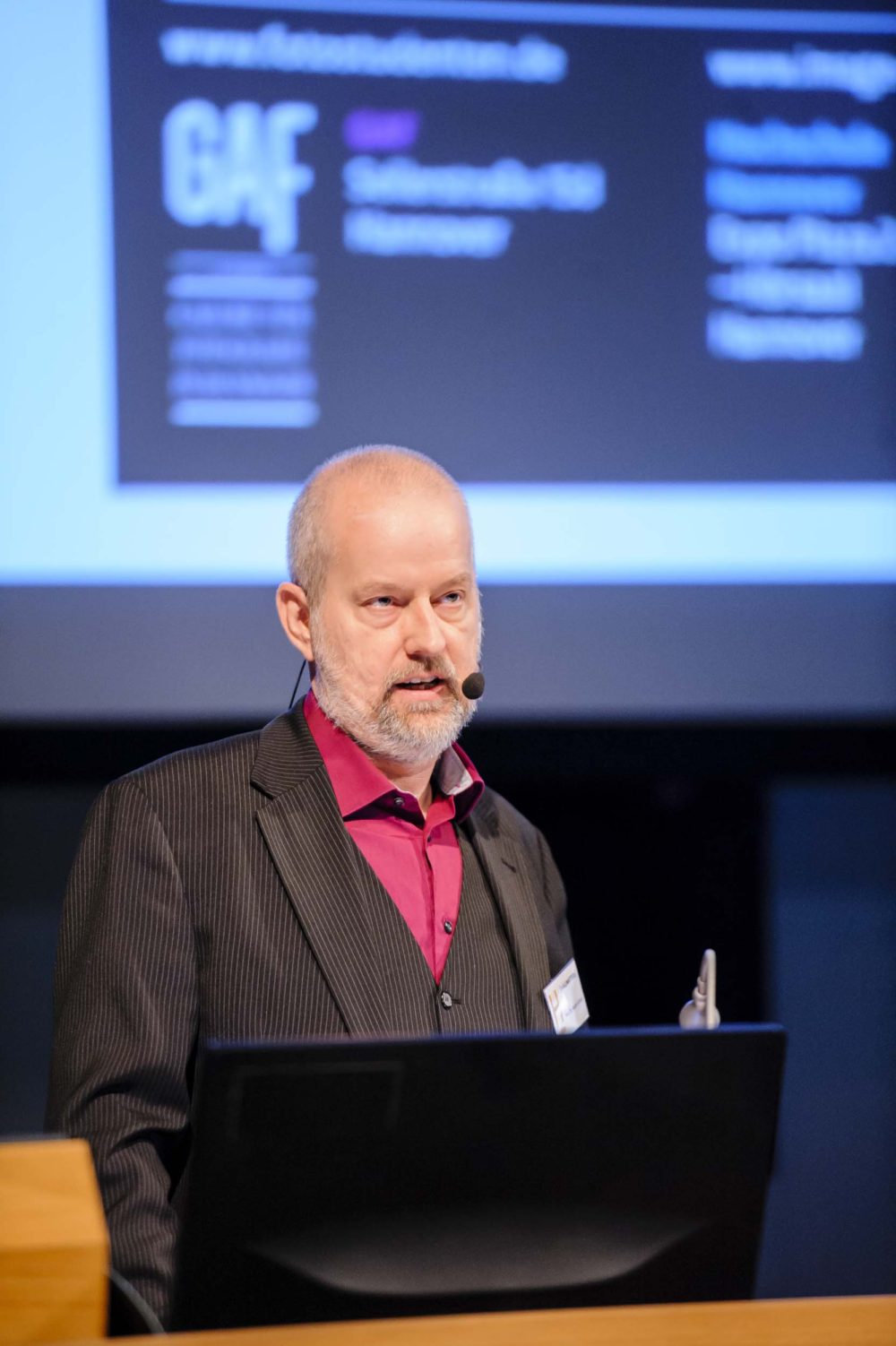
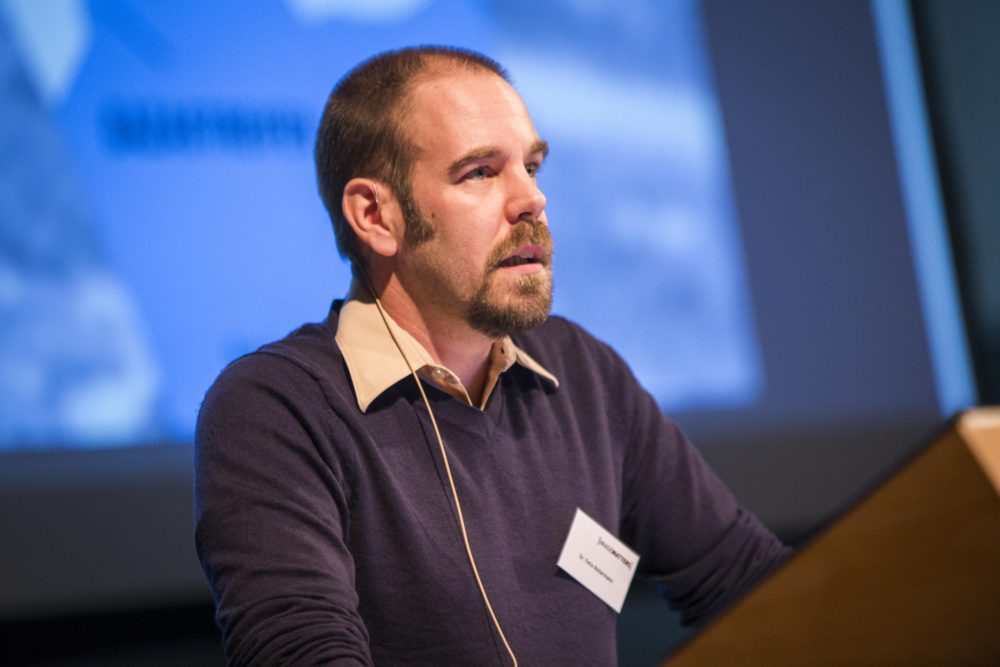
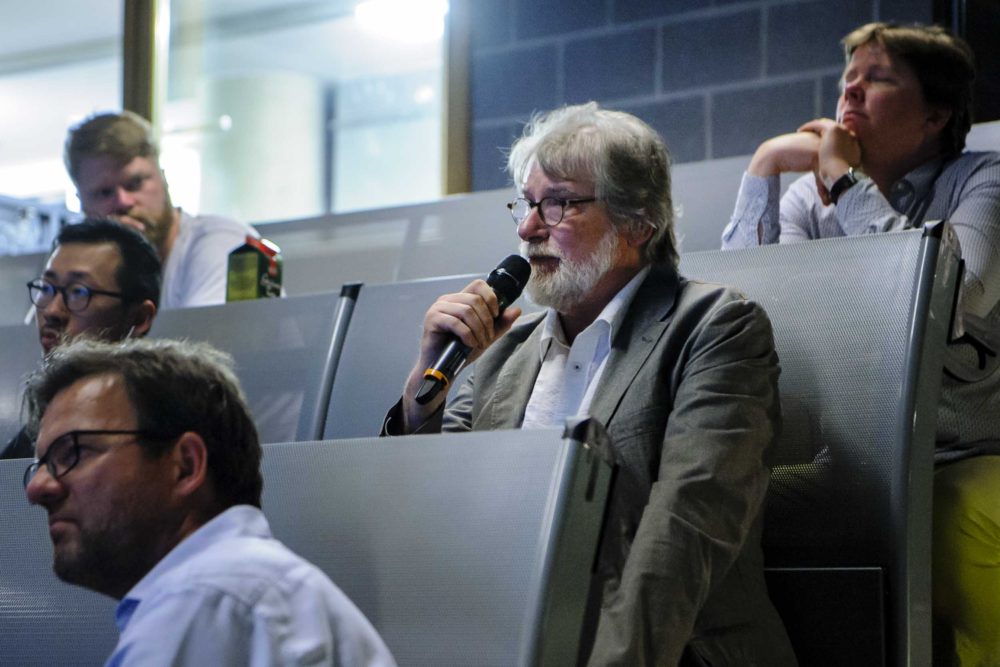
Foto: Maximilian von Lachner / Hs Hannover Dieses Foto darf im Zusammenhang mit der Berichterstattung über das Symposium Images in Conflict bis zum 31.12.2017 honorarfrei veröffentlicht werden. Jede andere Nutzung ist honorarpflichtig gemäß aktueller MFM-Liste und muss vor der Veröffentlichung mit dem Bildautor abgestimmt werden.
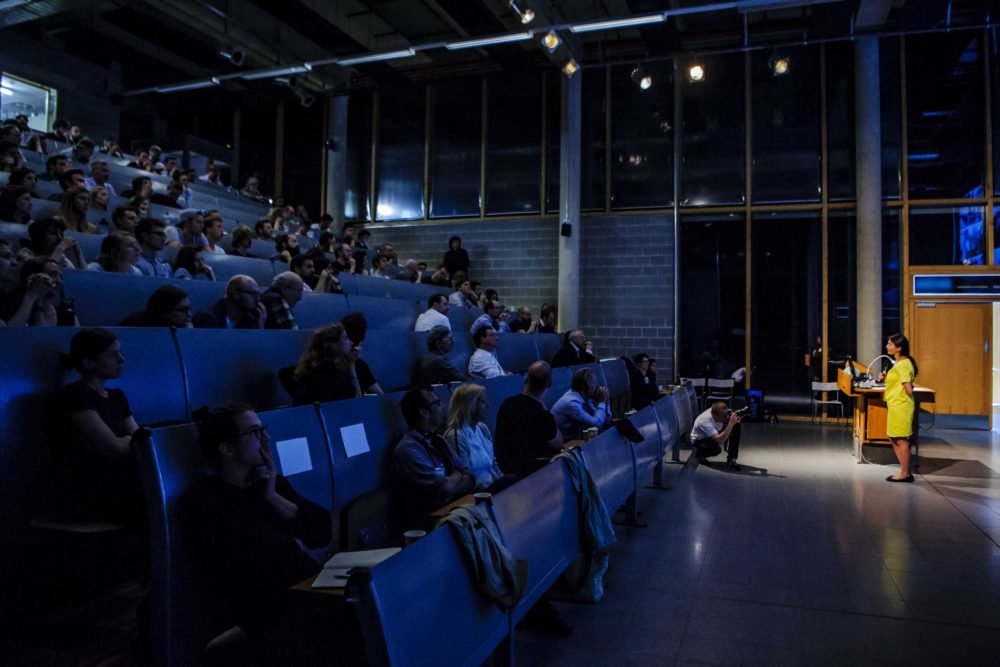
Foto: Maximilian von Lachner / Hs Hannover
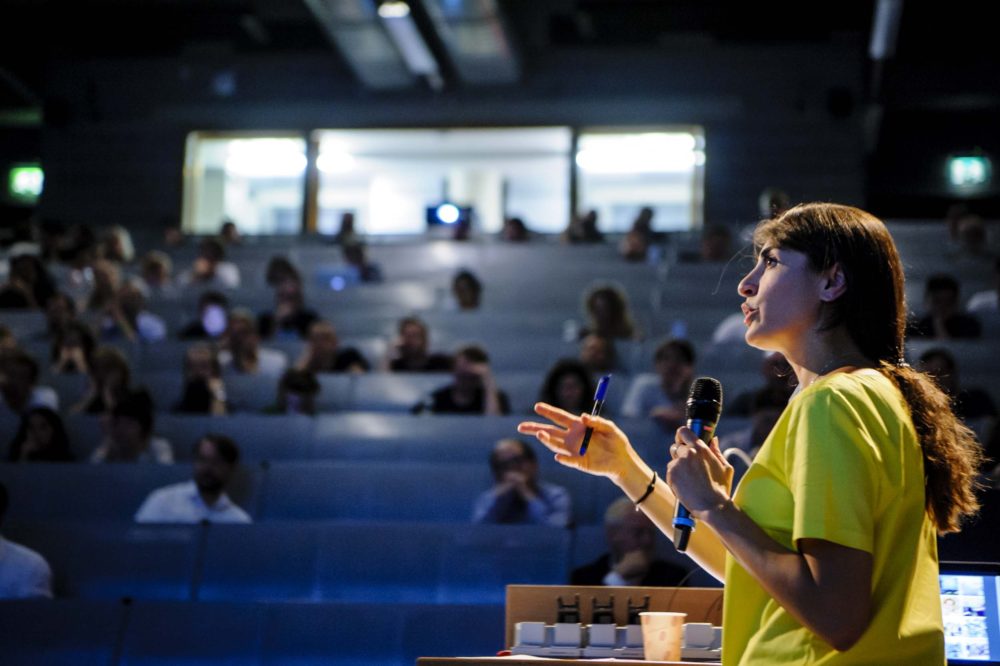
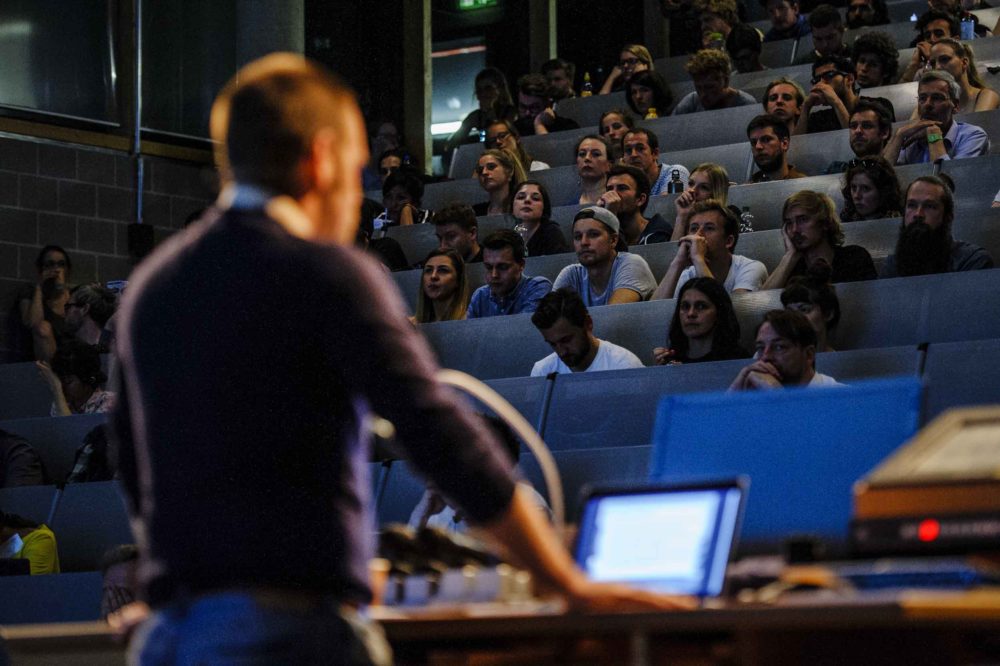
Foto: Maximilian von Lachner / Hs Hannover
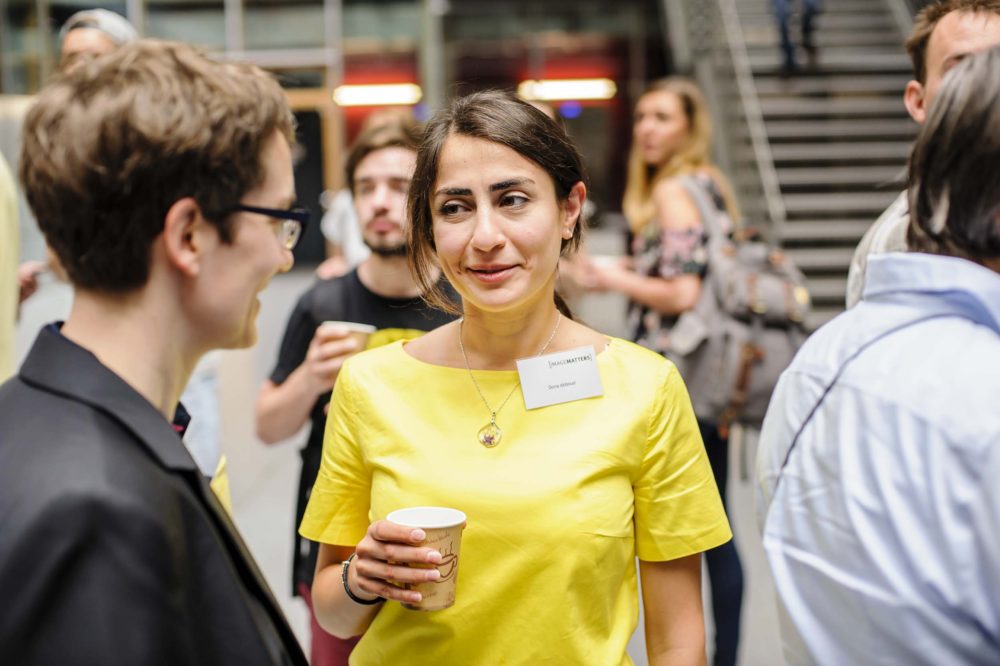
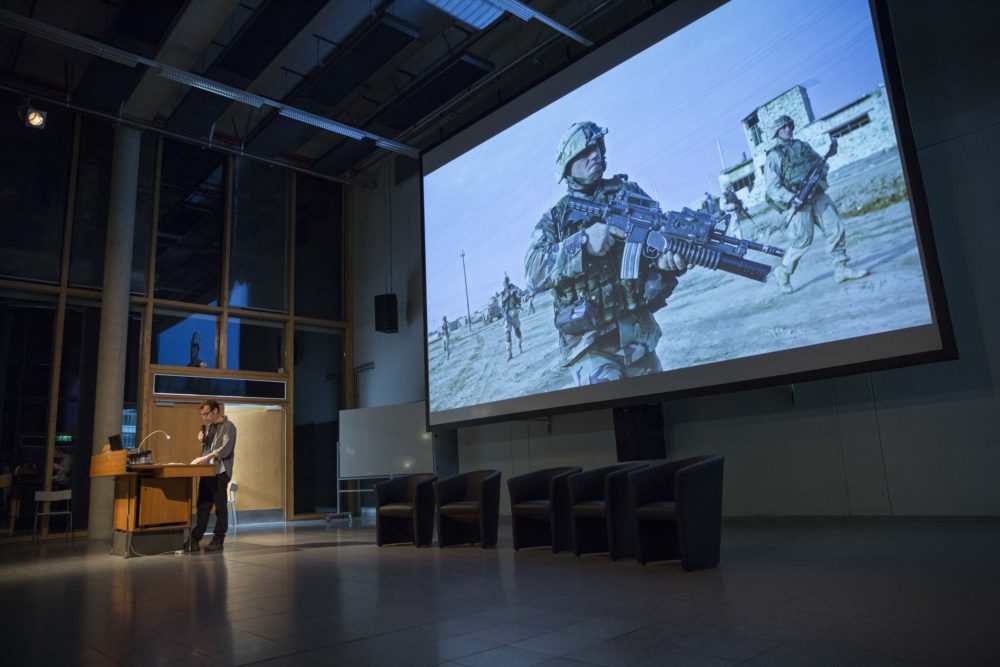
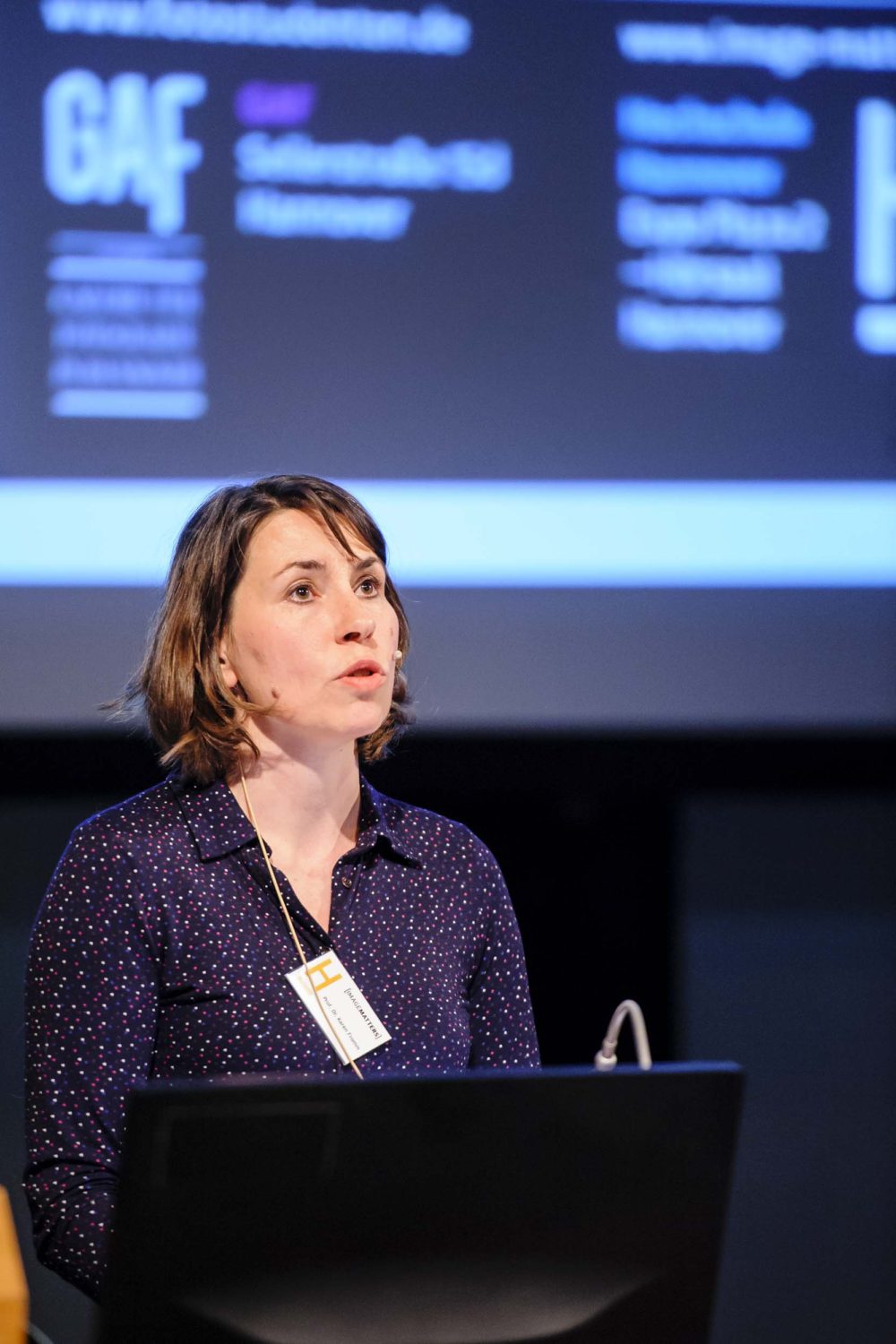
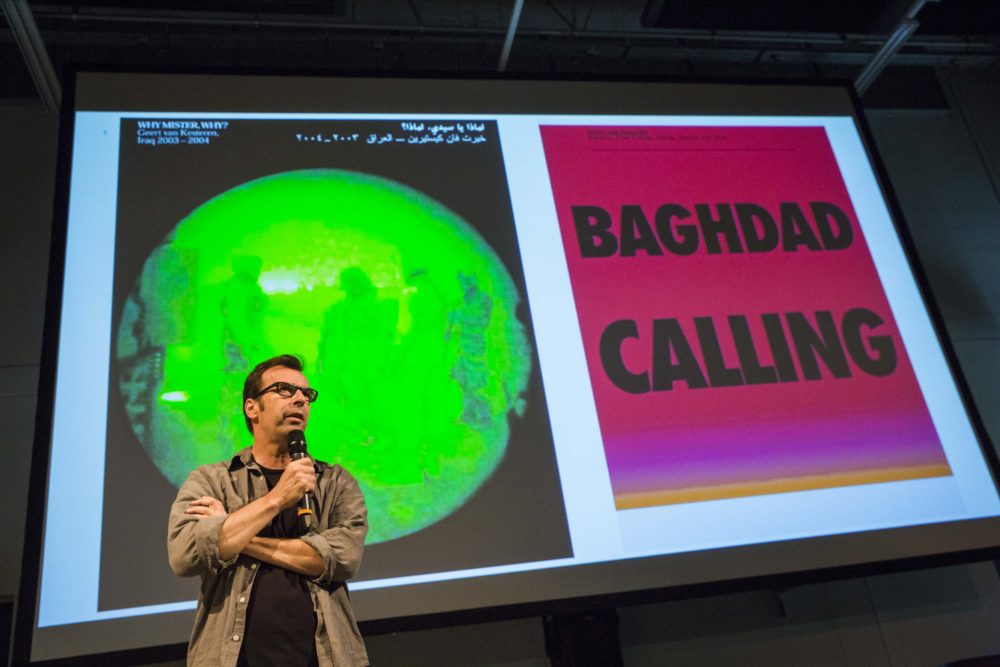
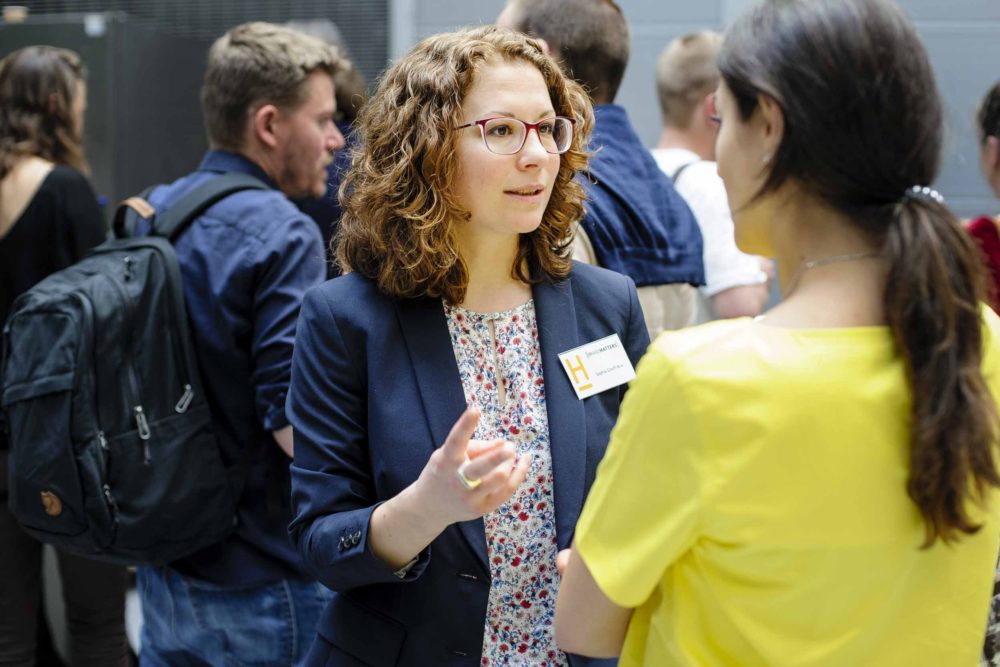
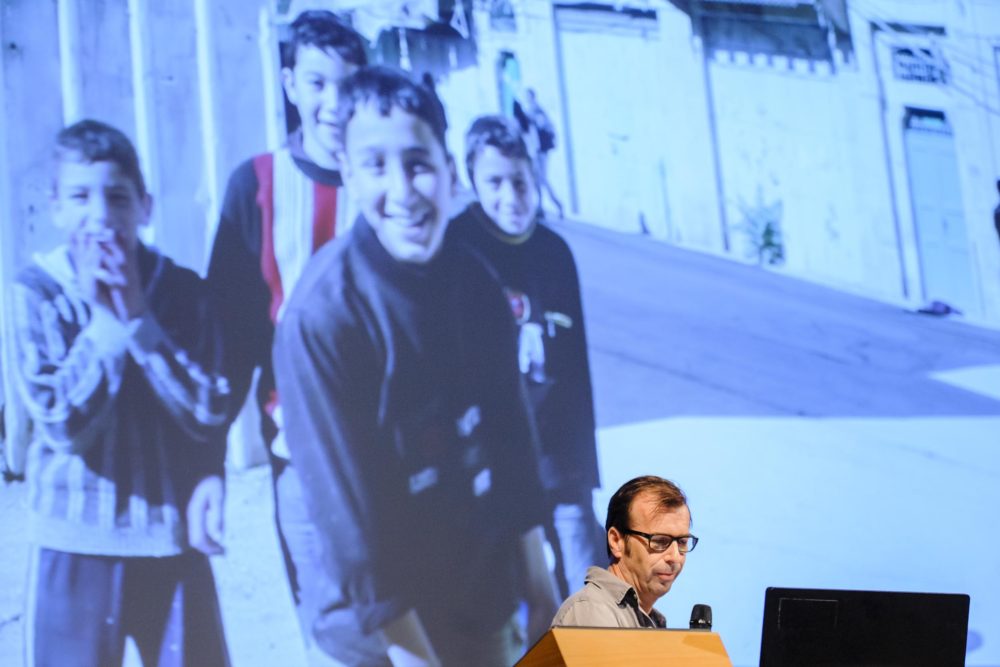
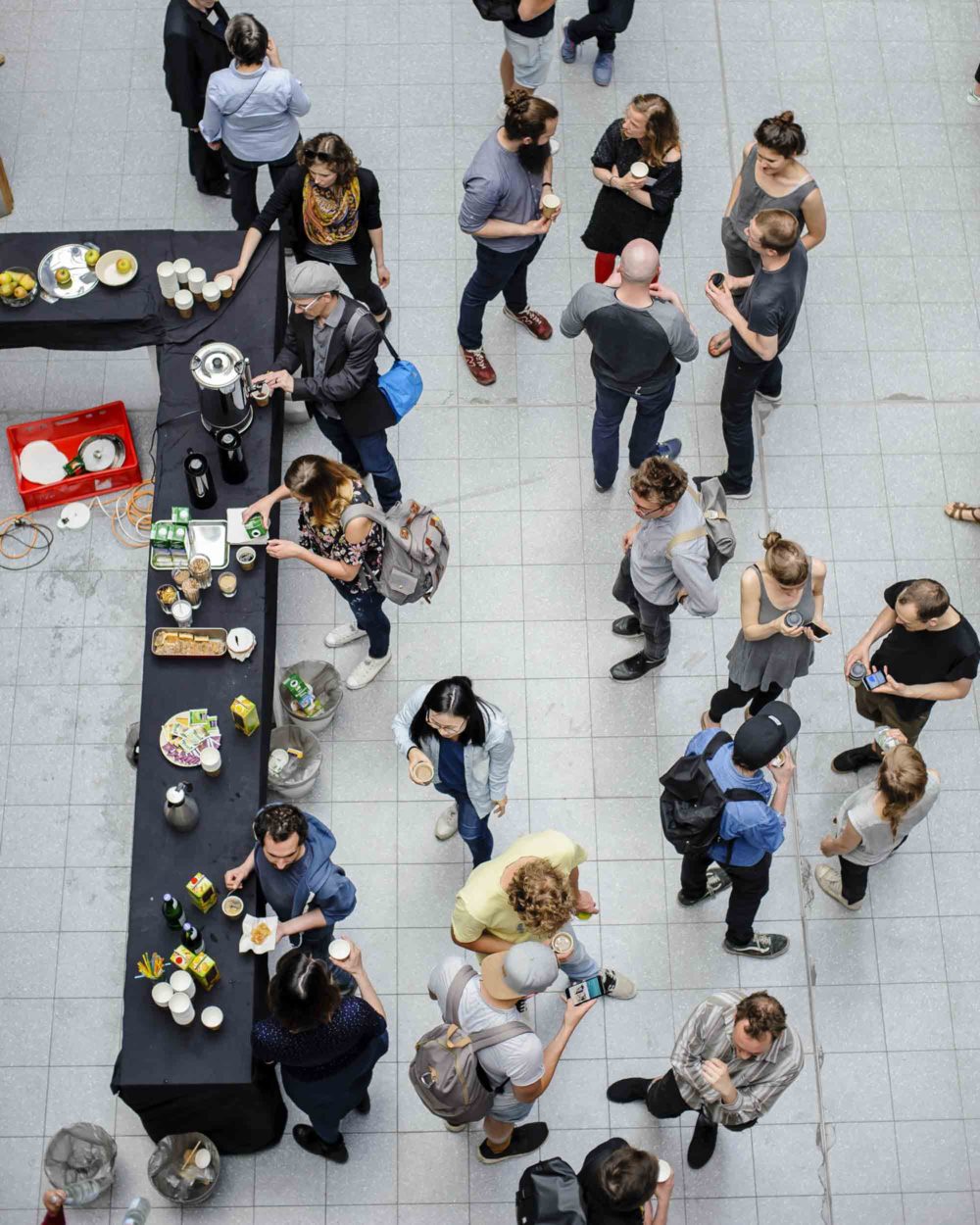
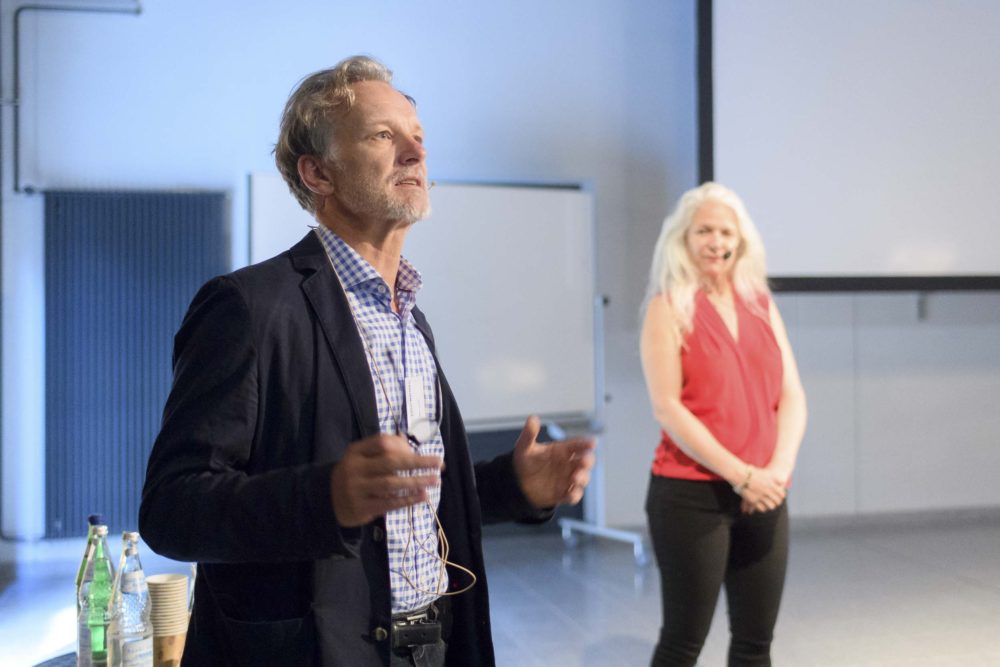
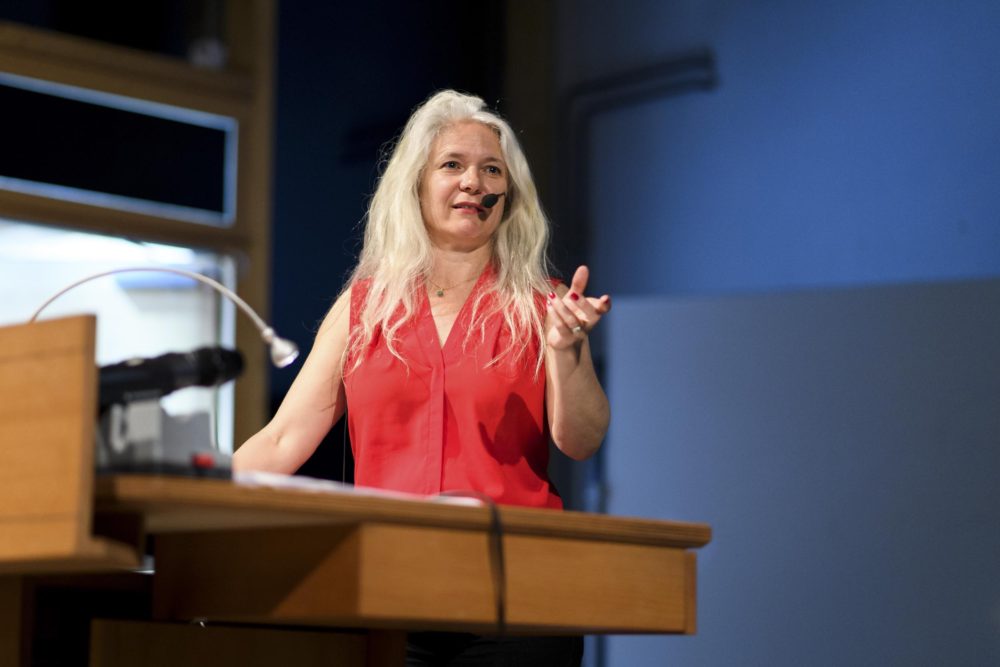
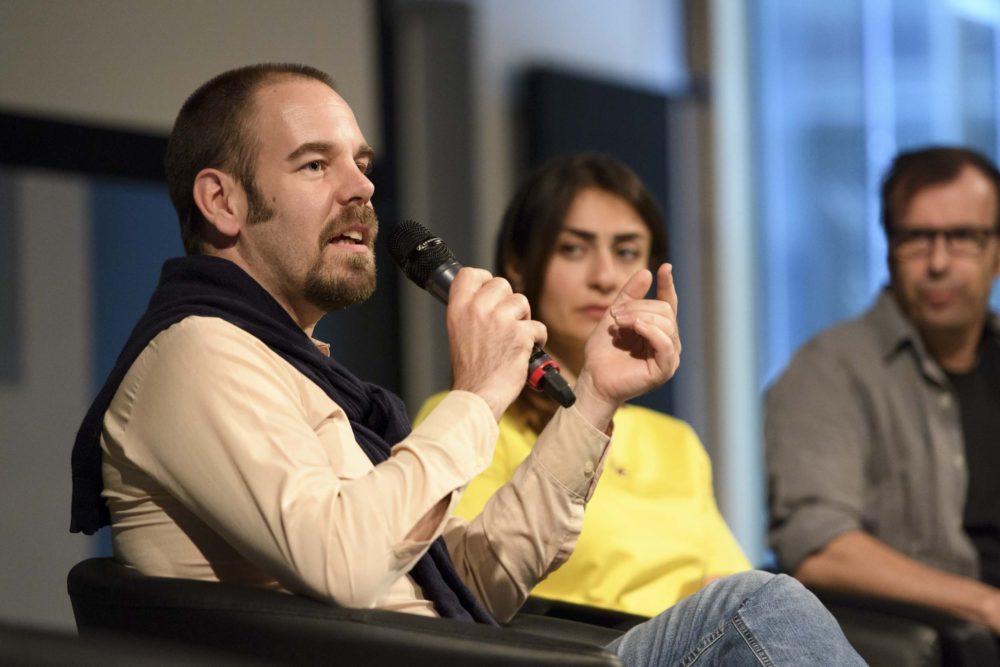
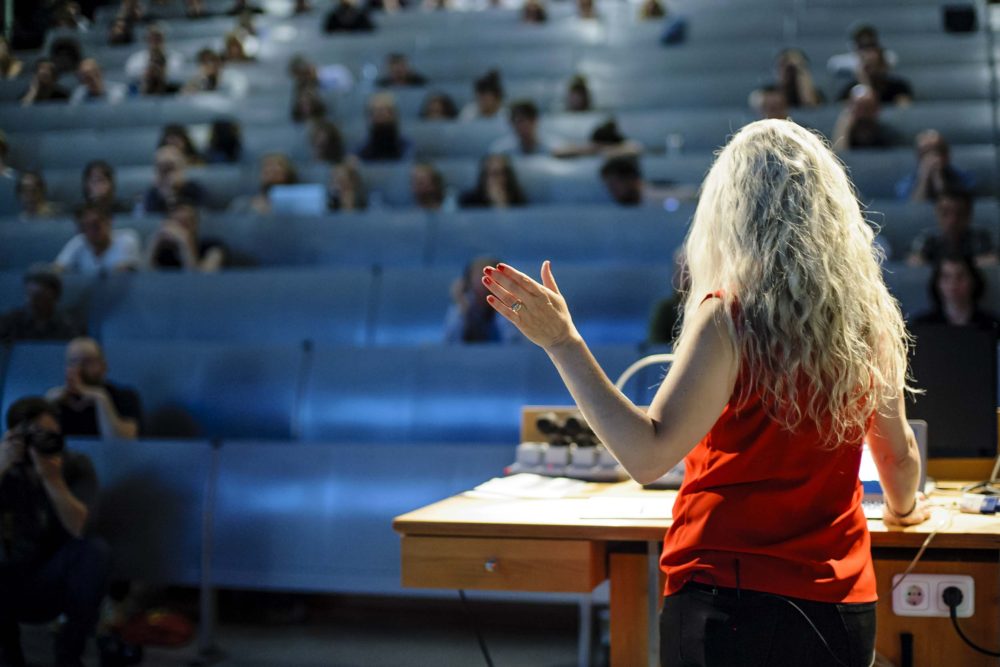
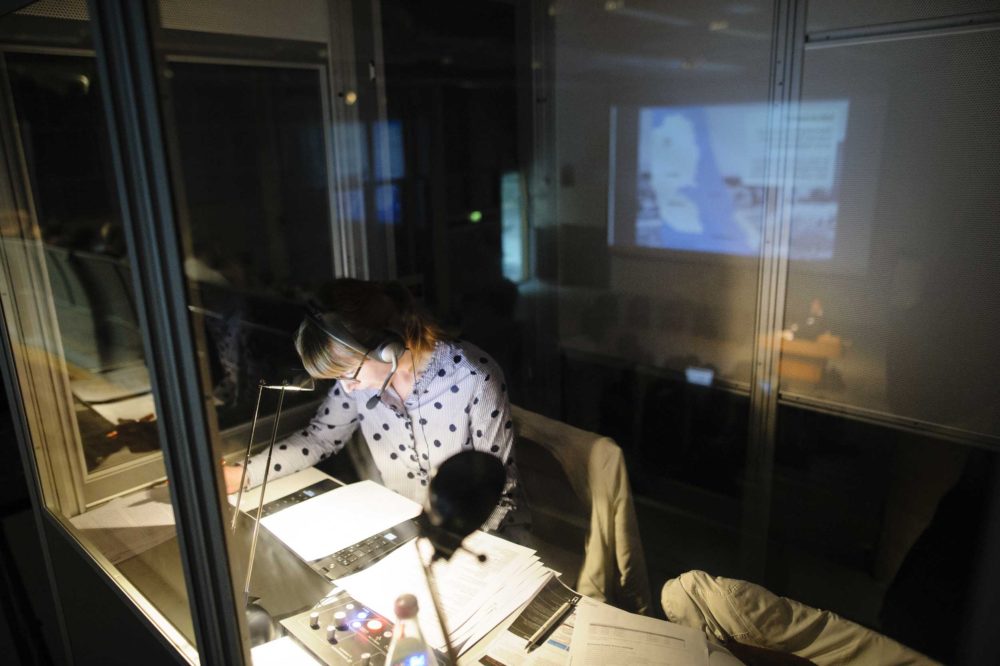

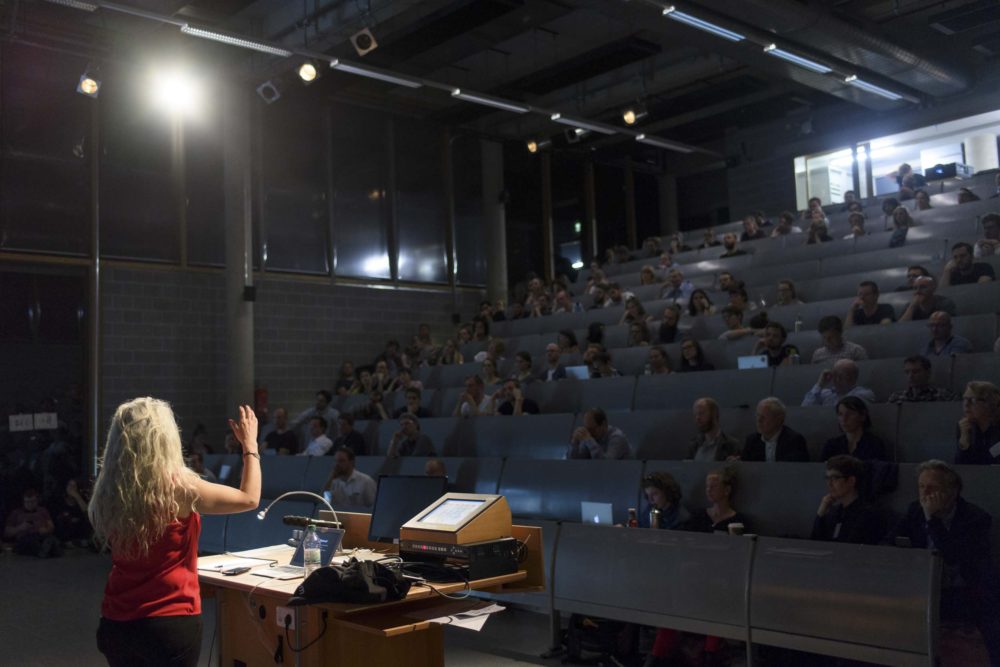
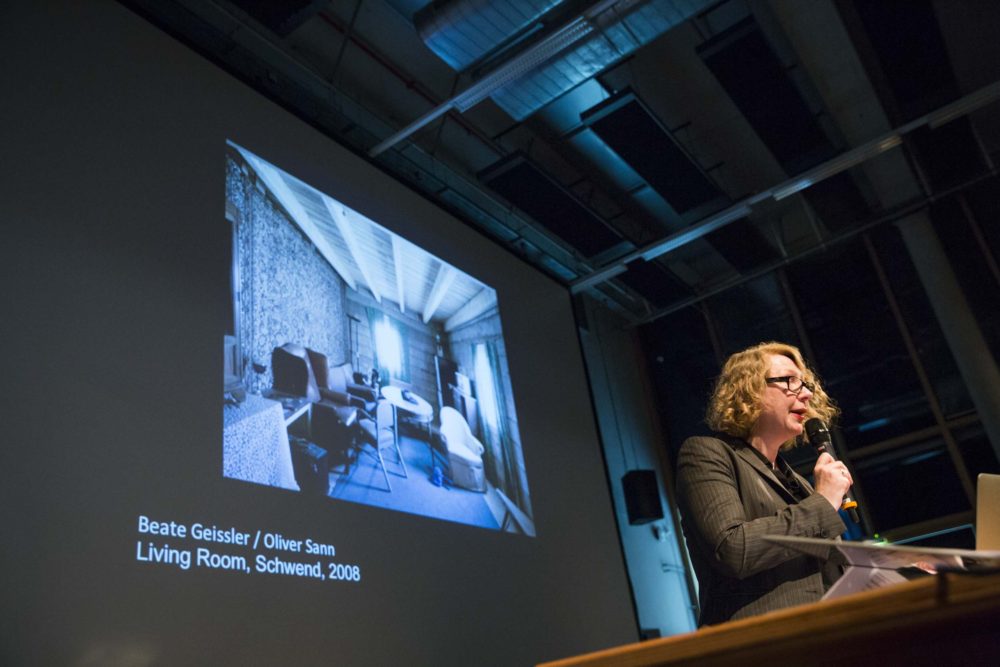


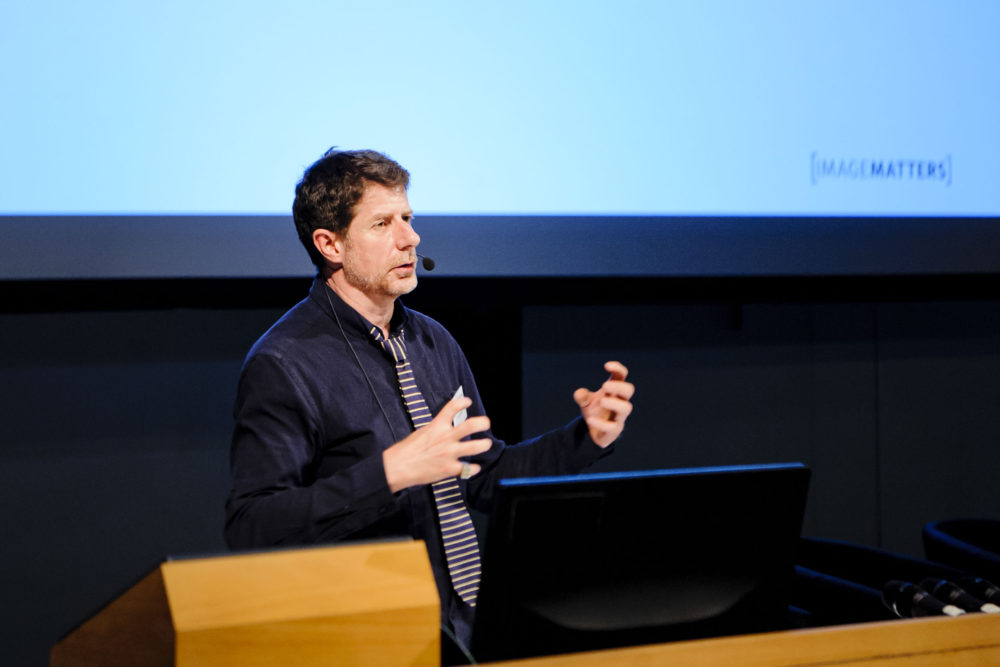

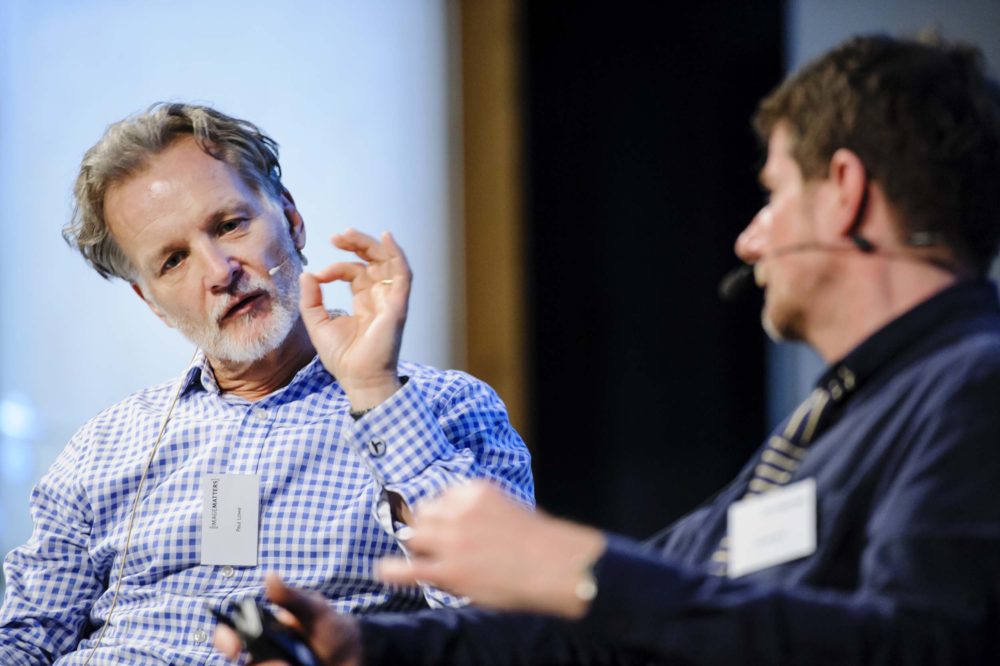
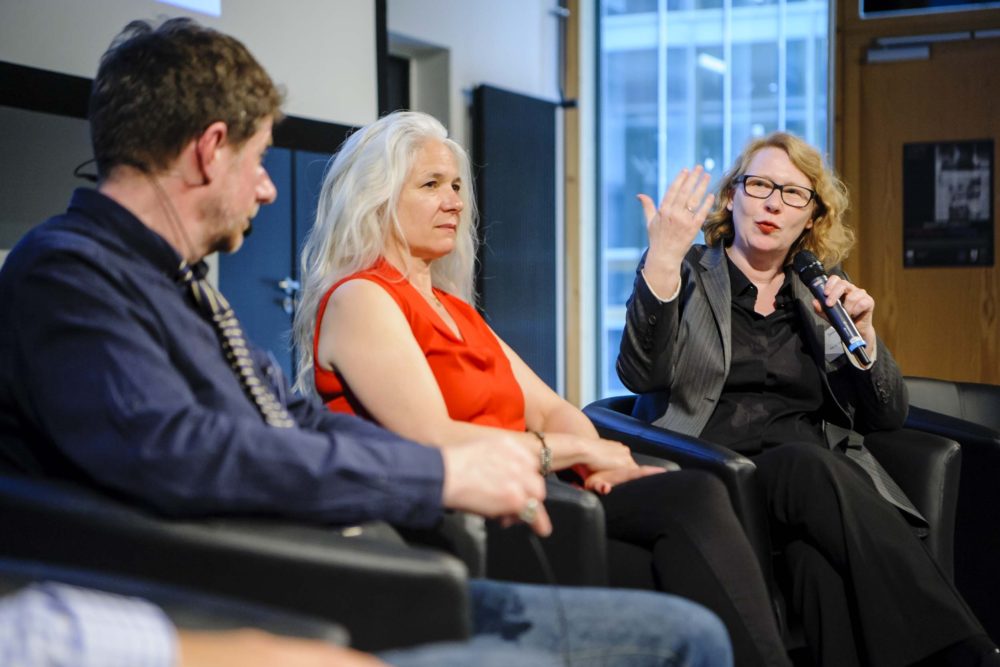
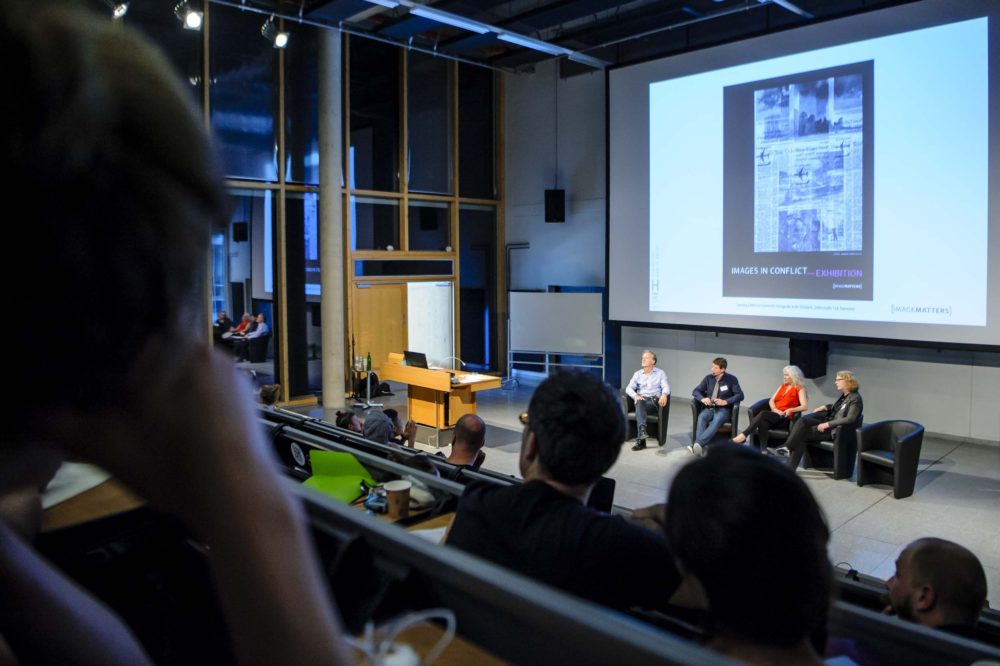
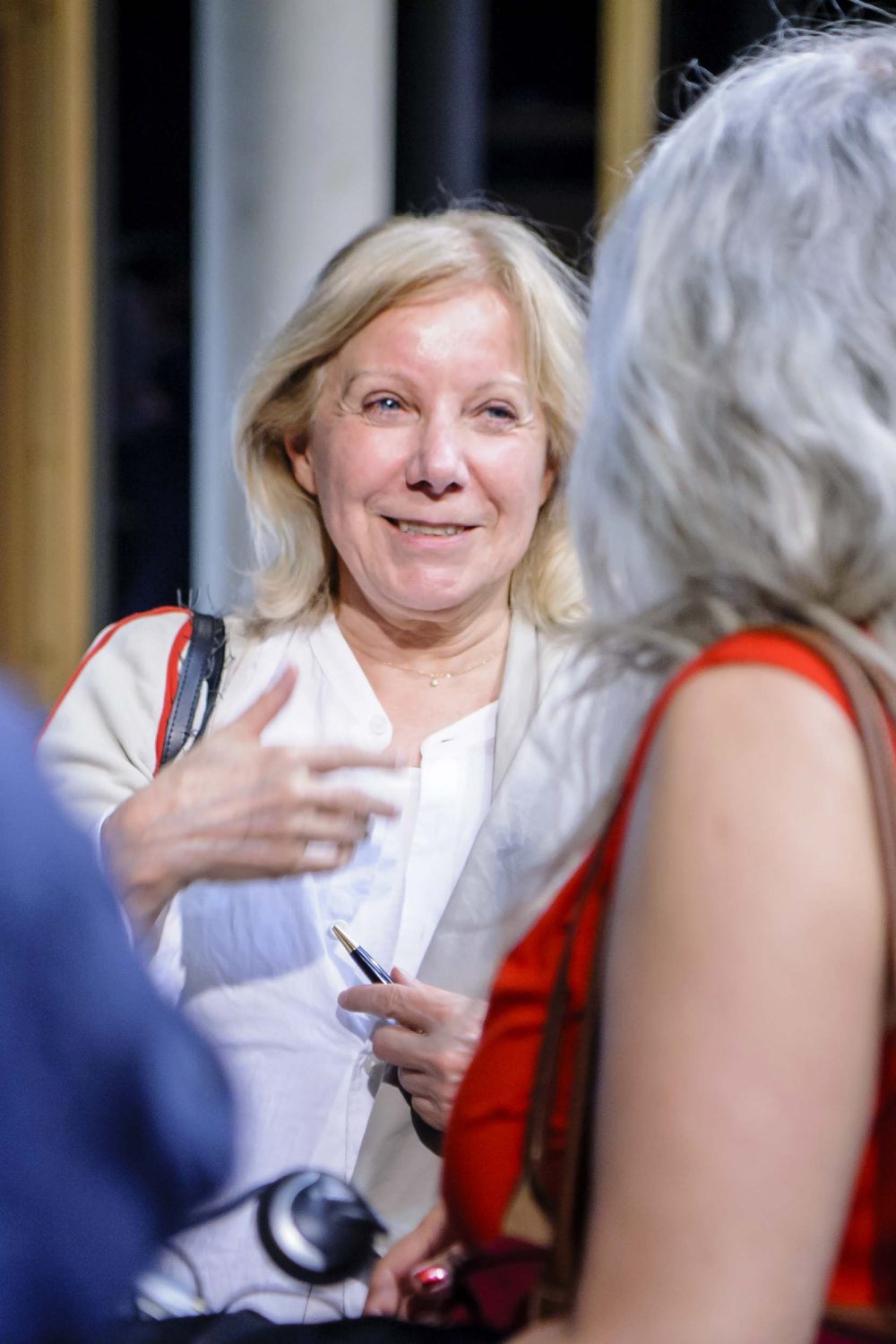
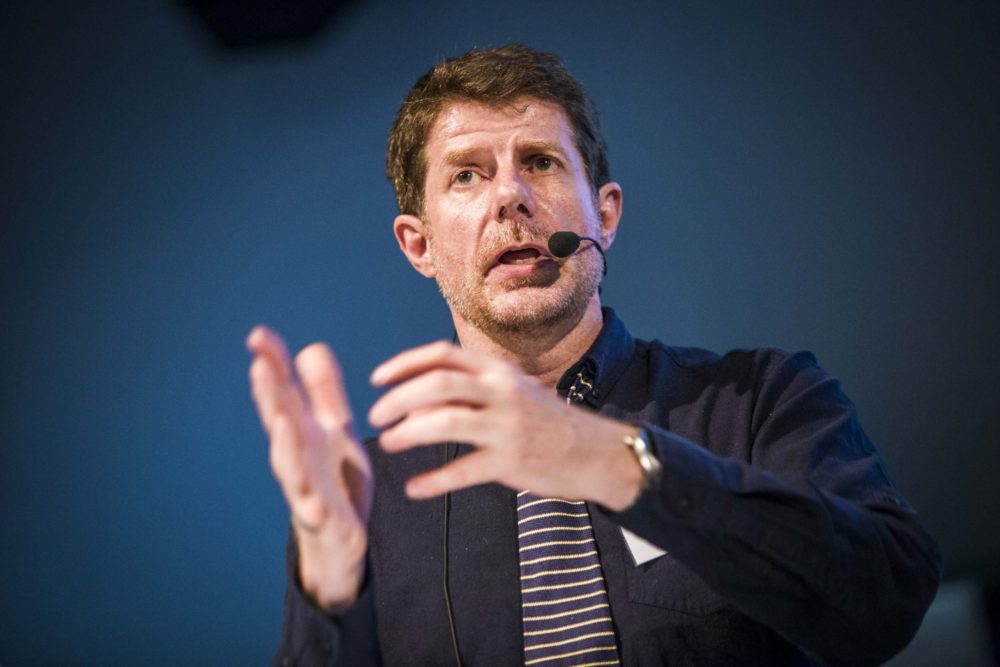
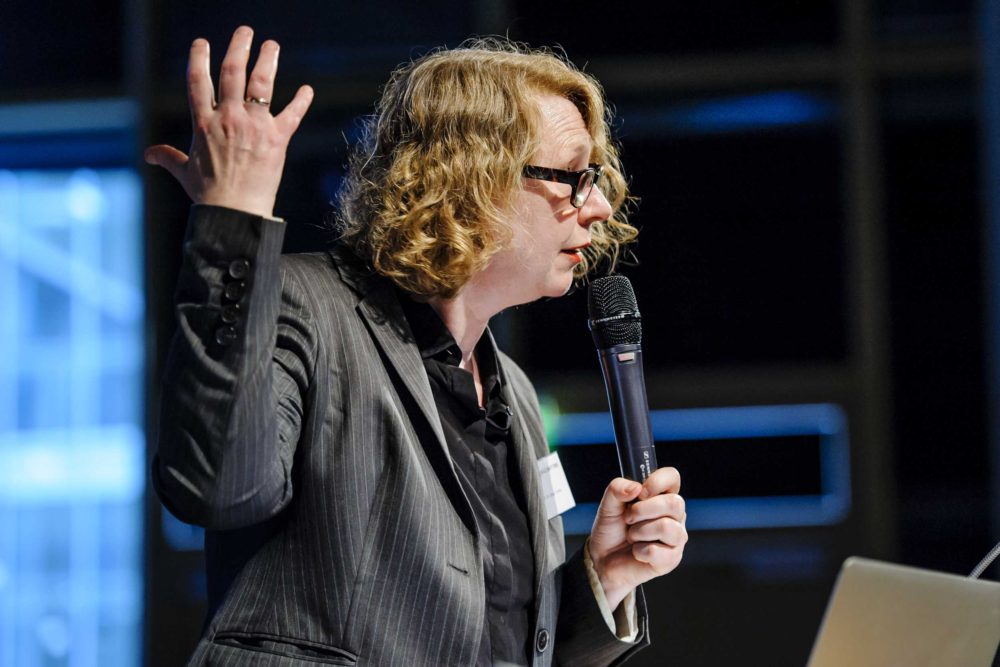

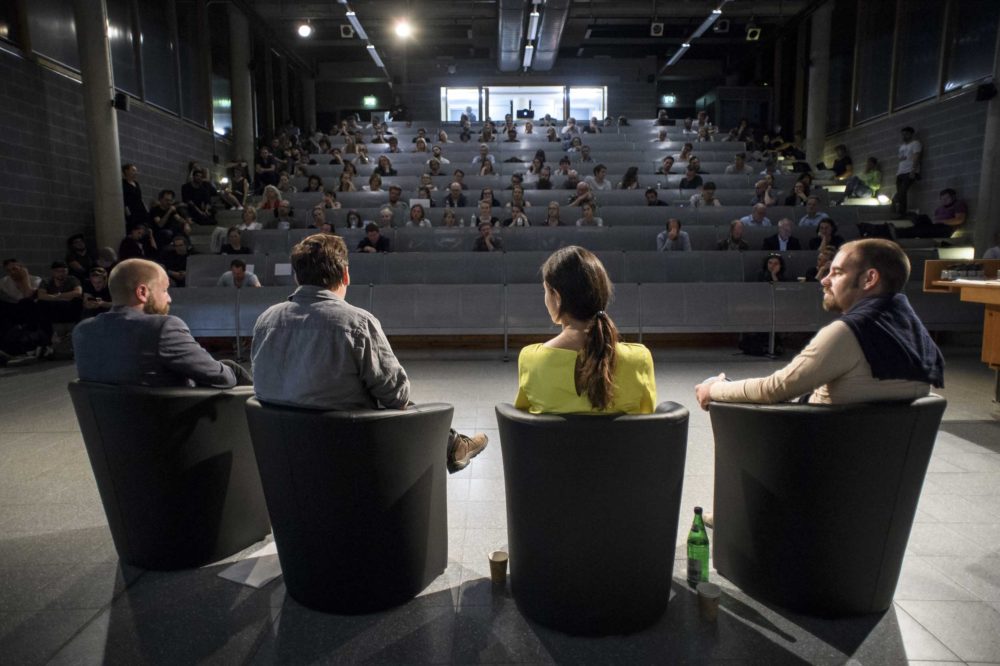
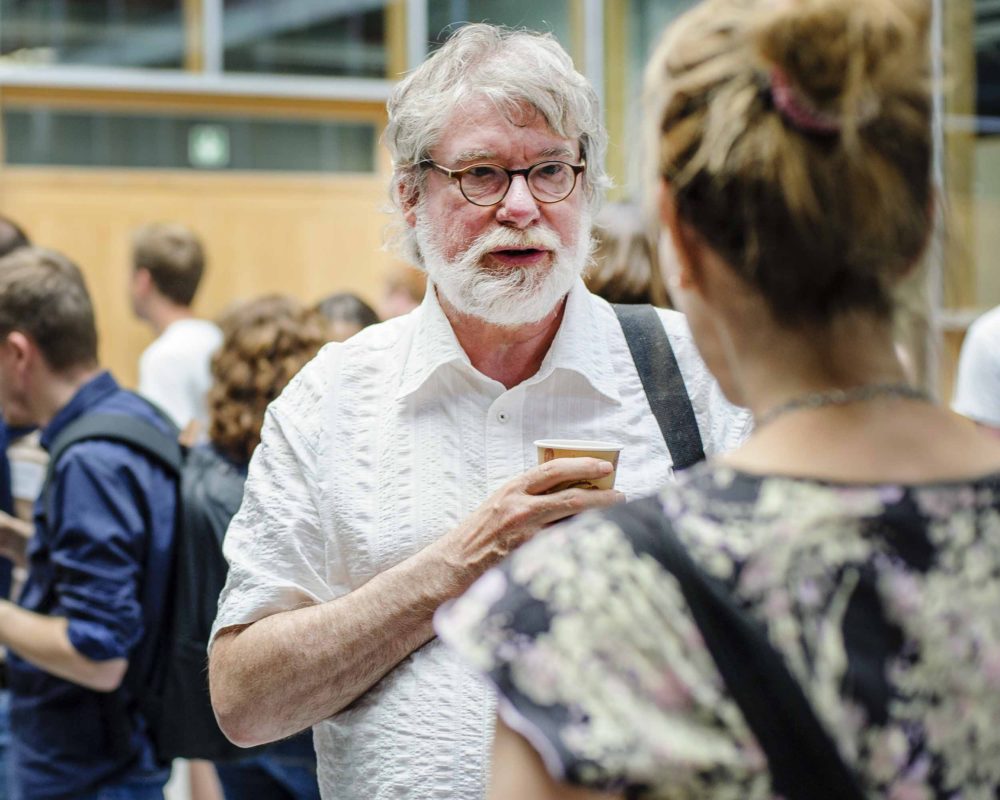
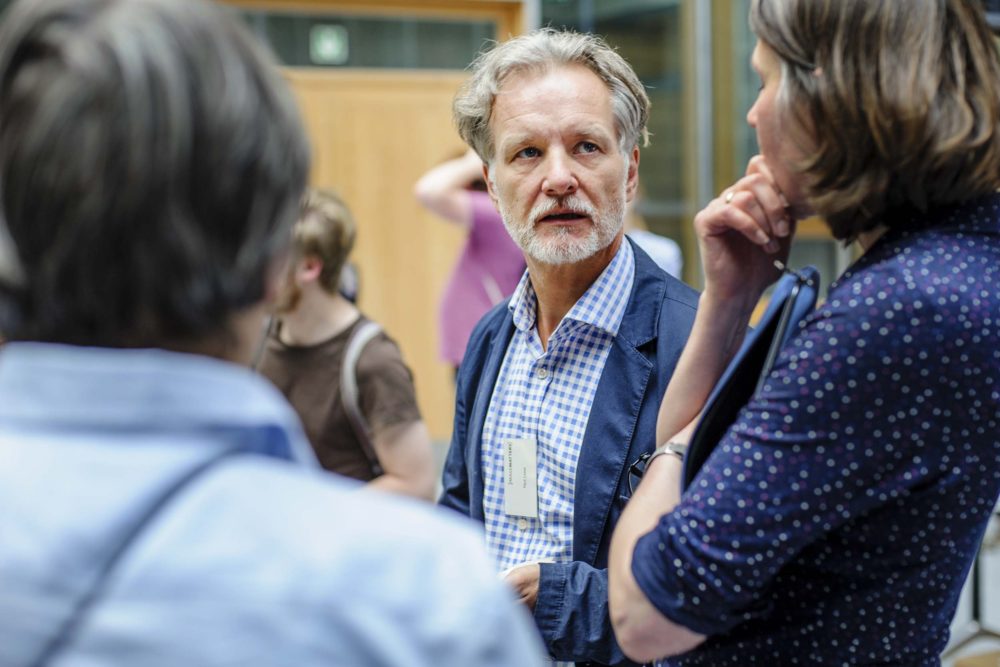
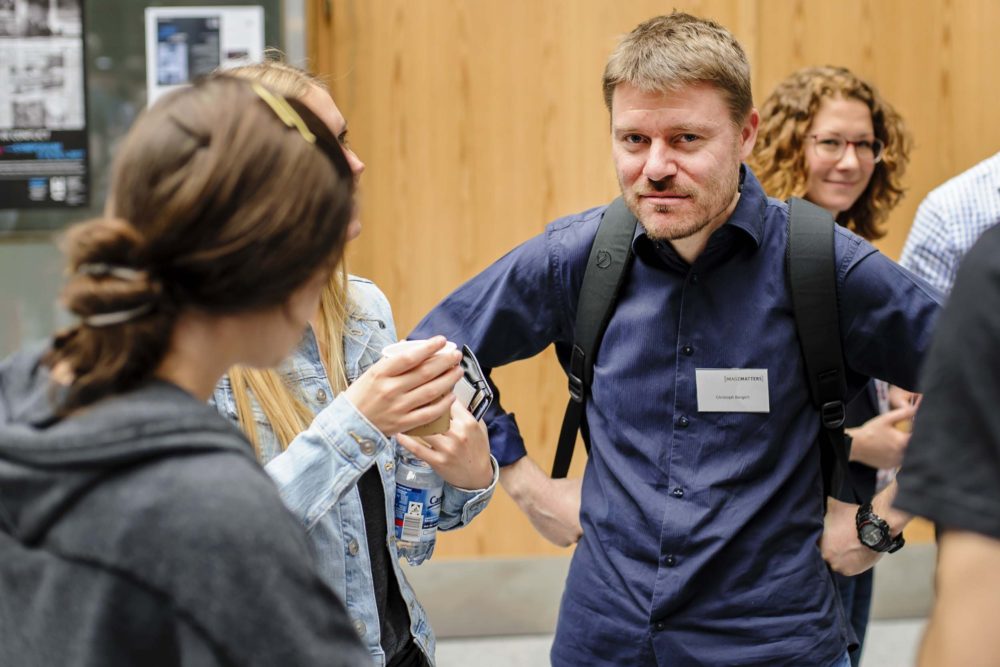
Symposium – Images in Conflict – Day 2
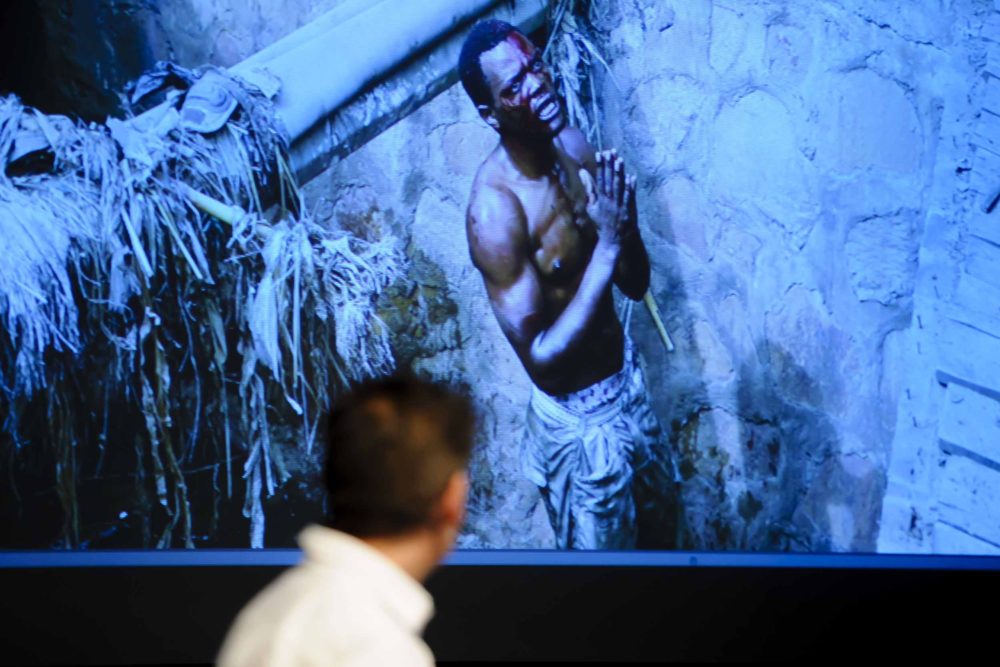
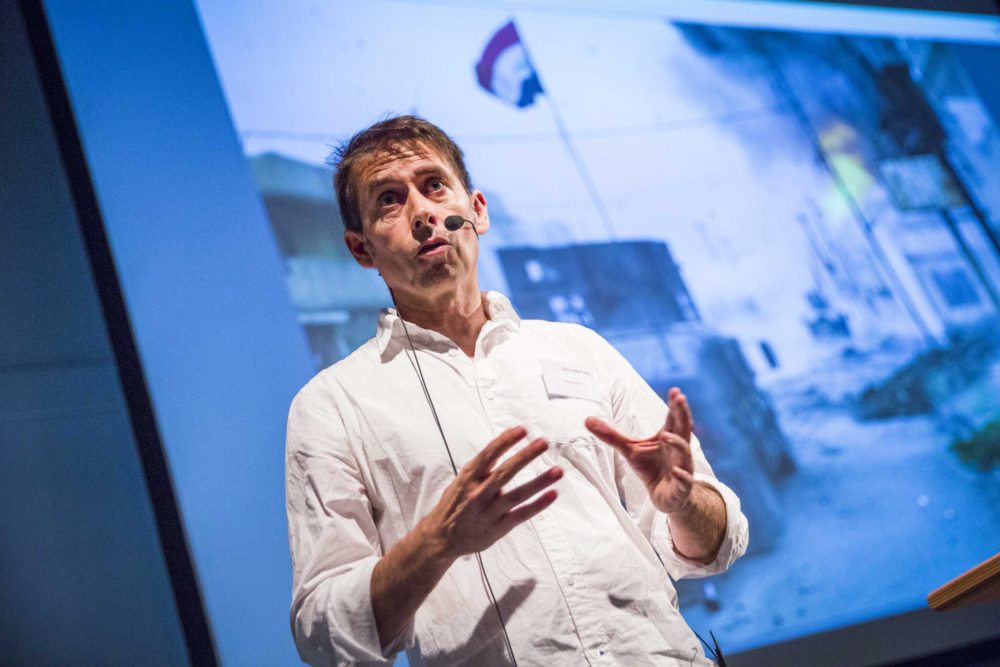
Foto: Christoph Enke / Hs Hannover
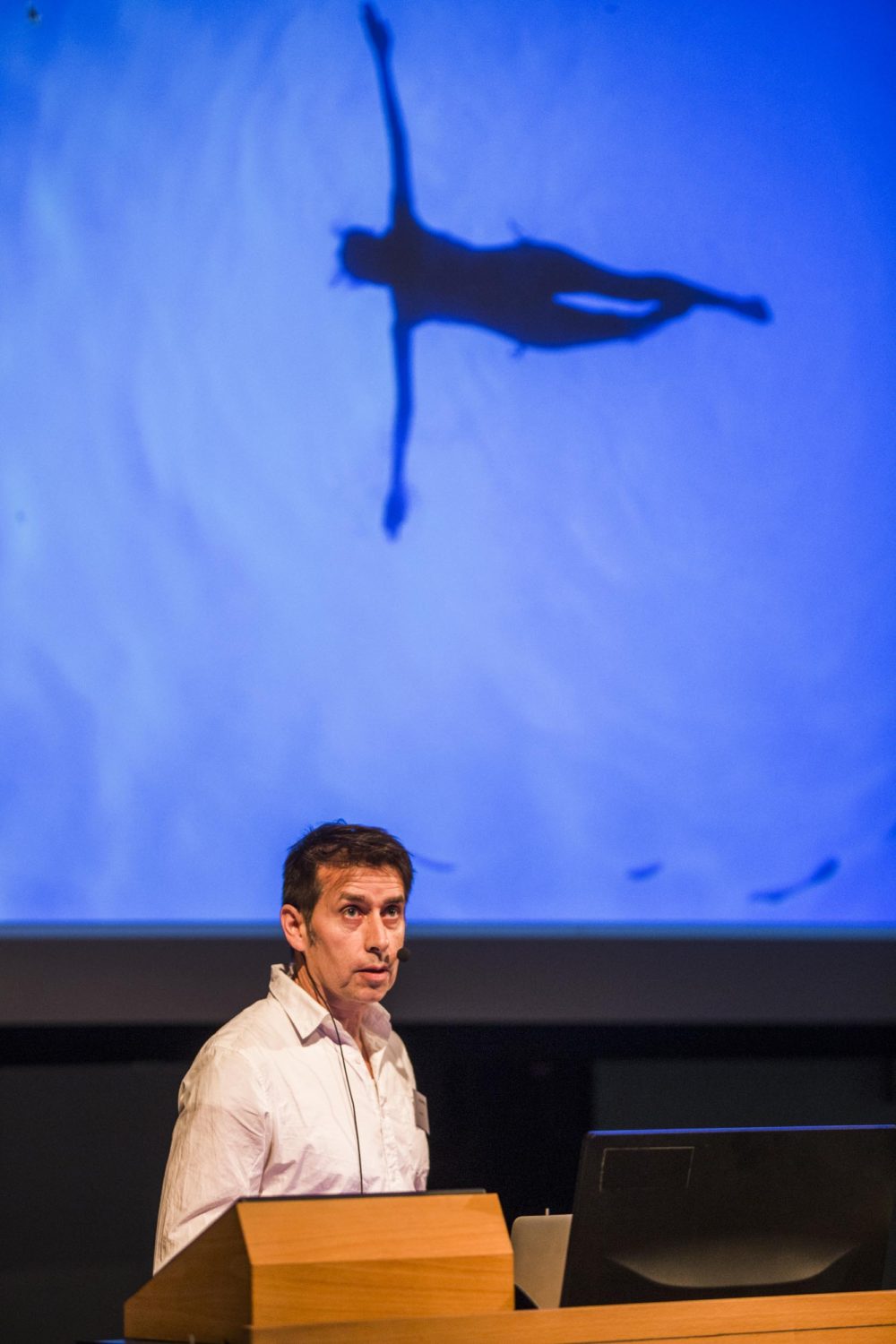
Foto: Christoph Enke / Hs Hannover
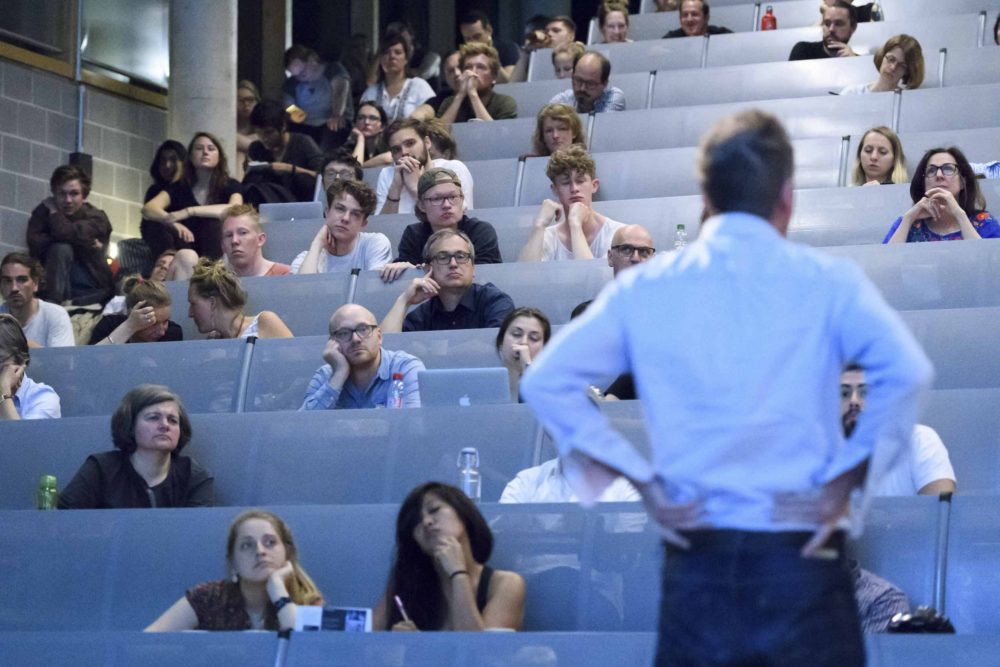
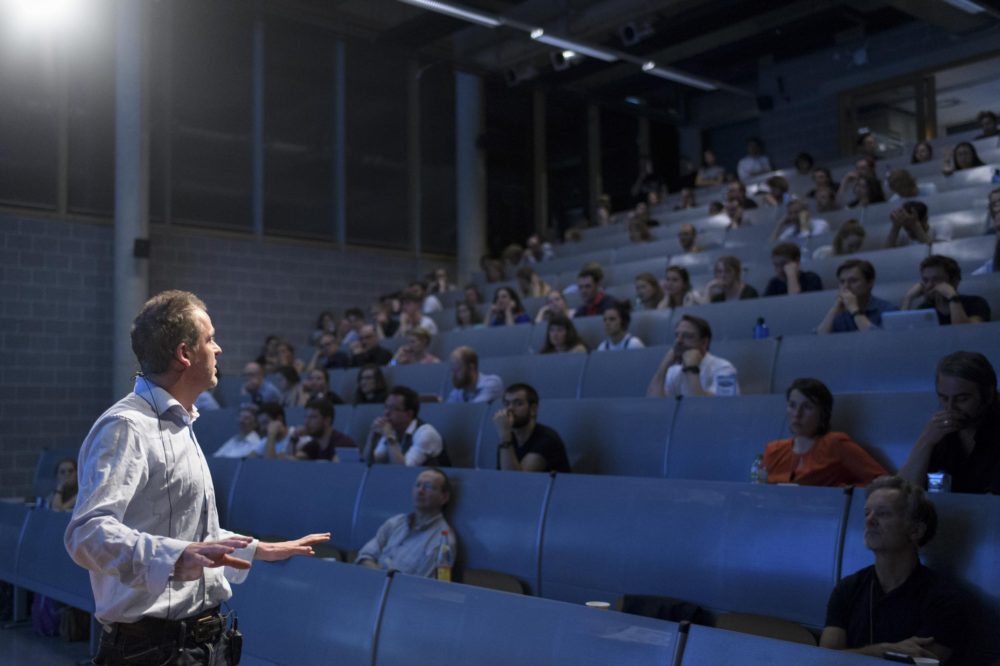
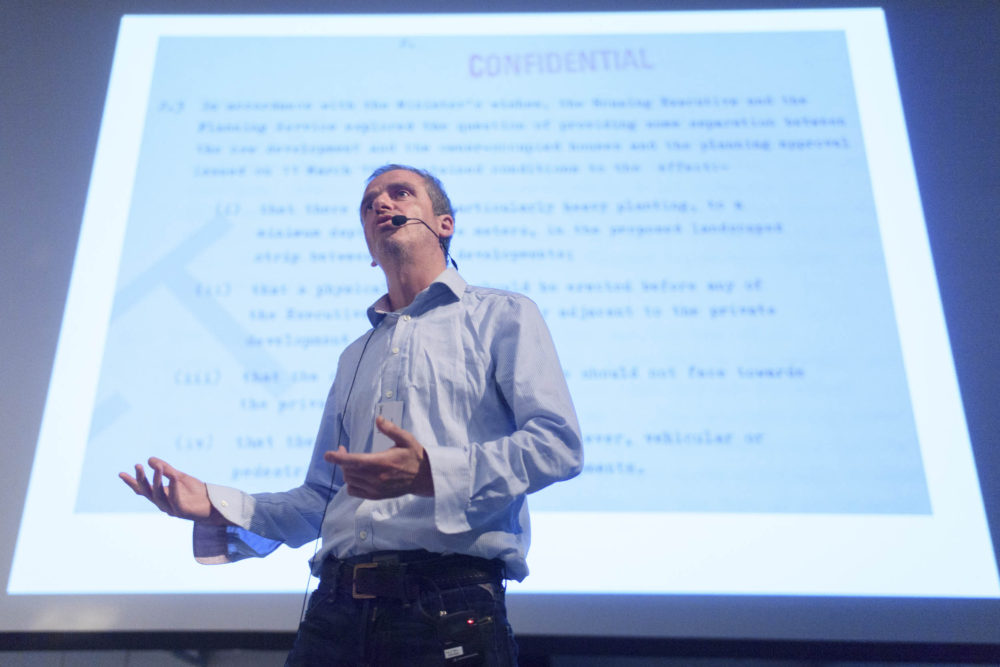
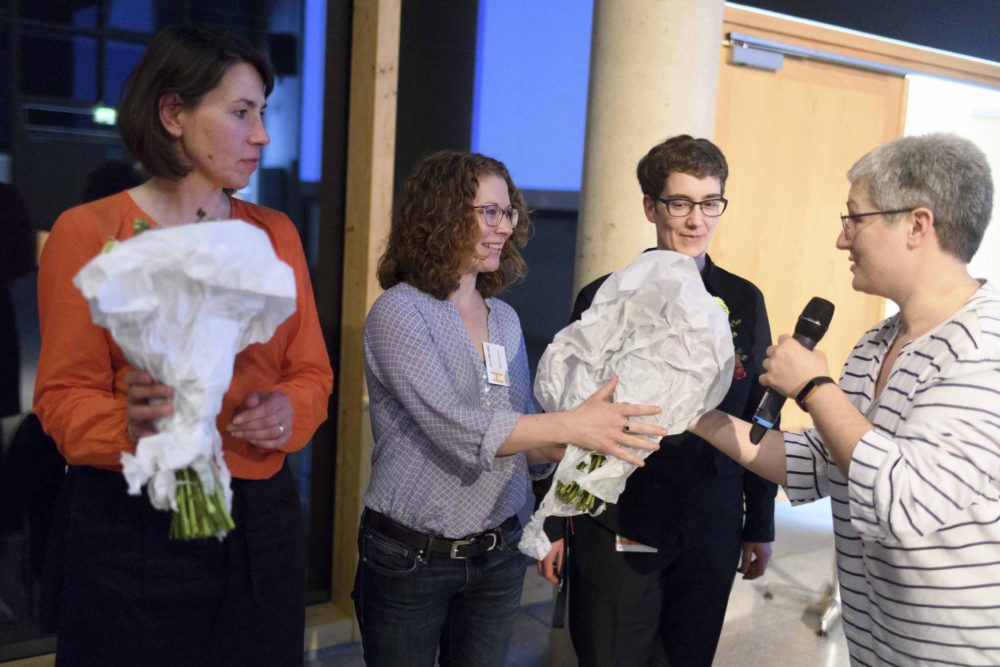
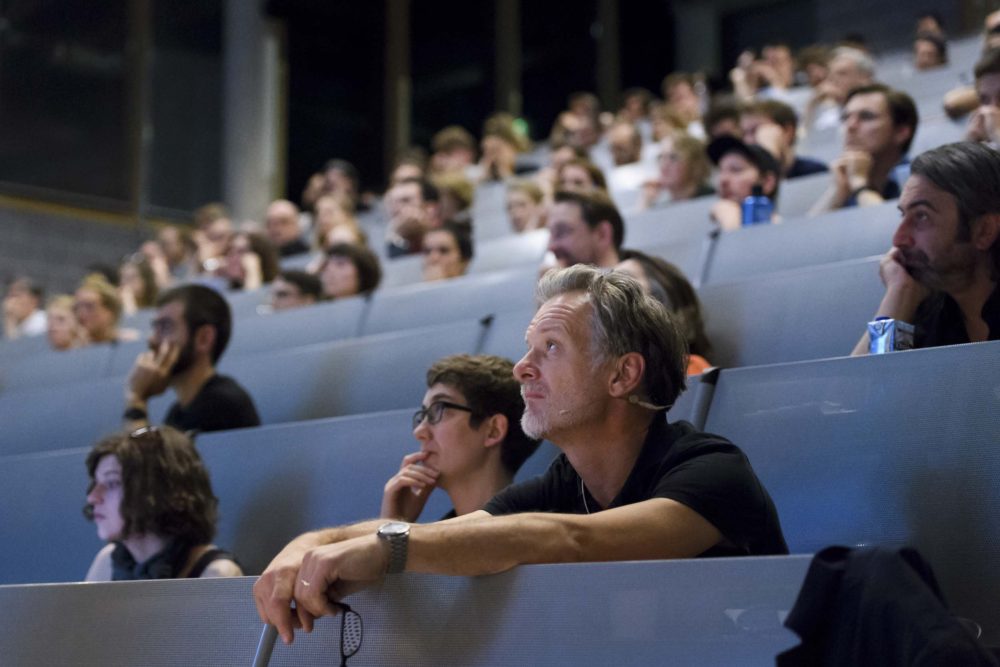
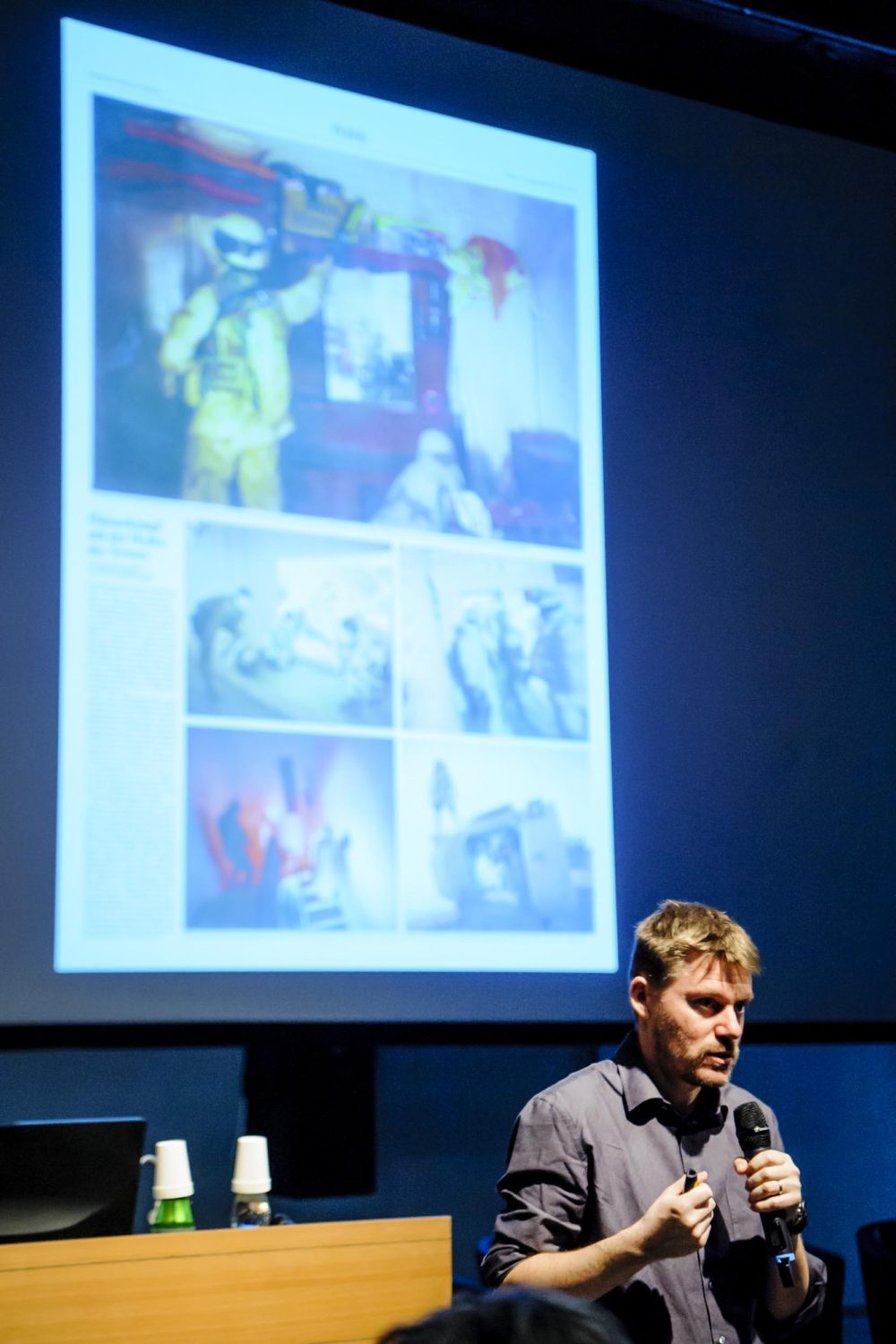


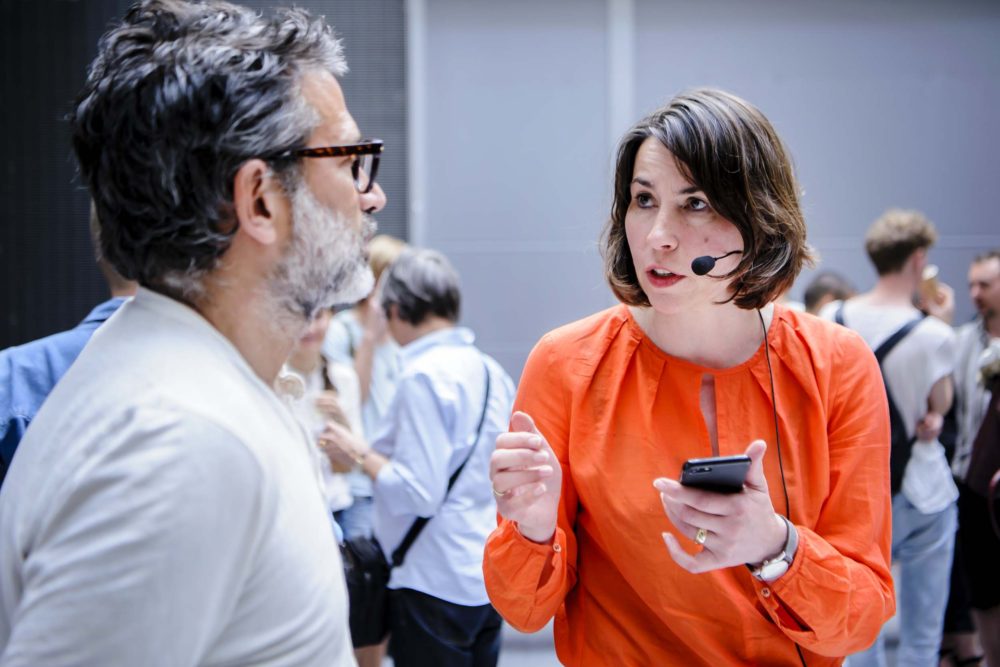
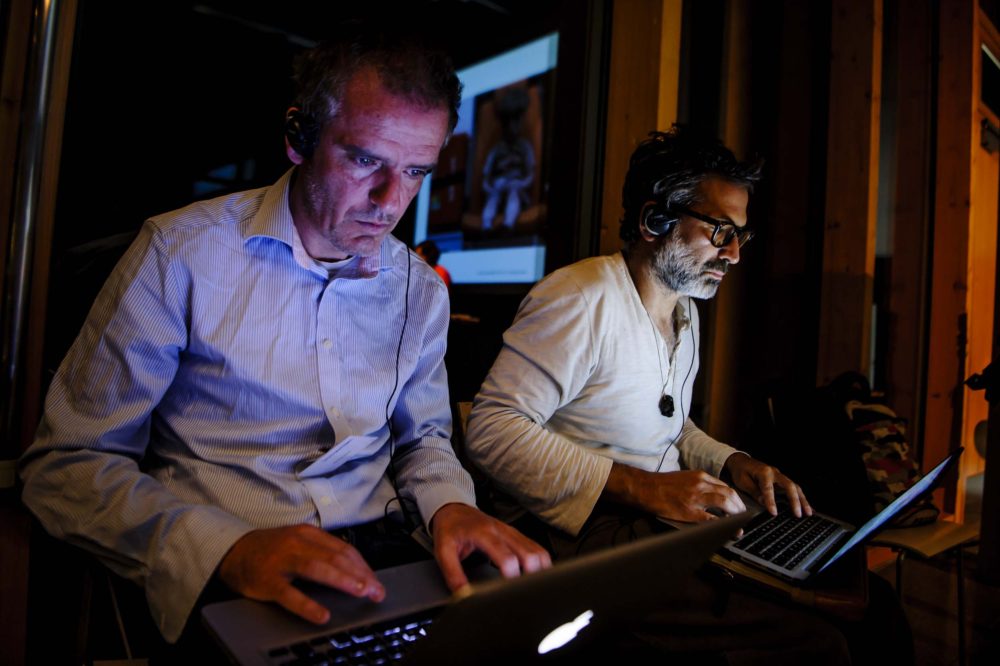
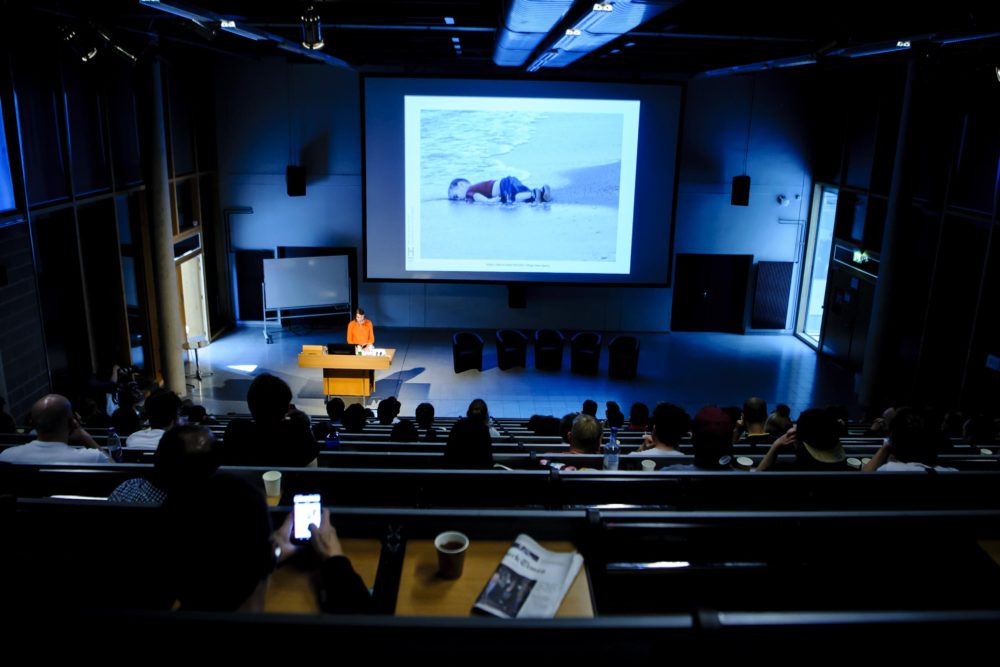
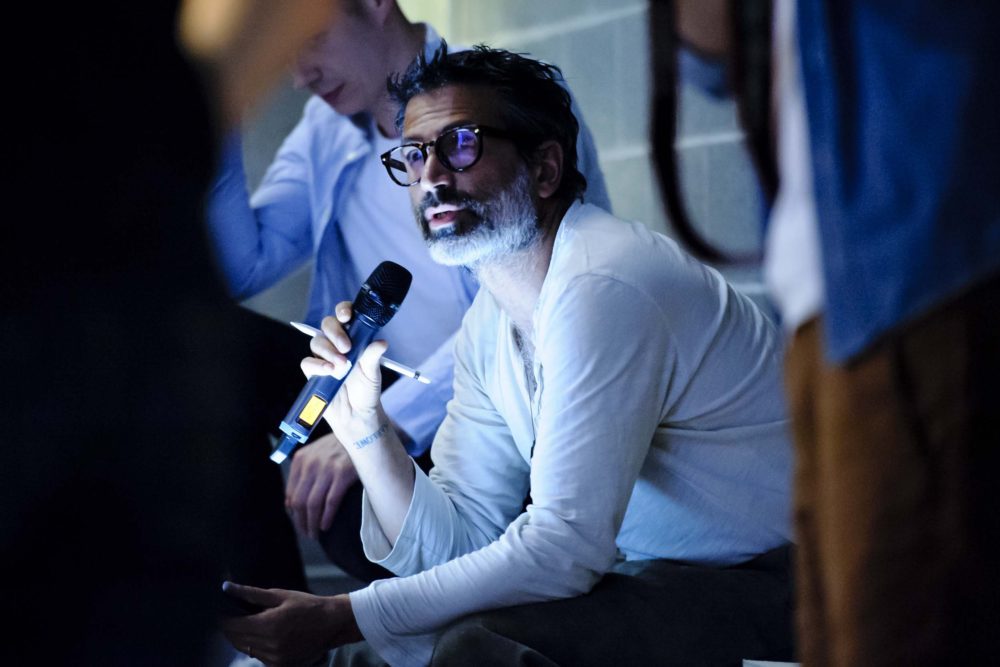
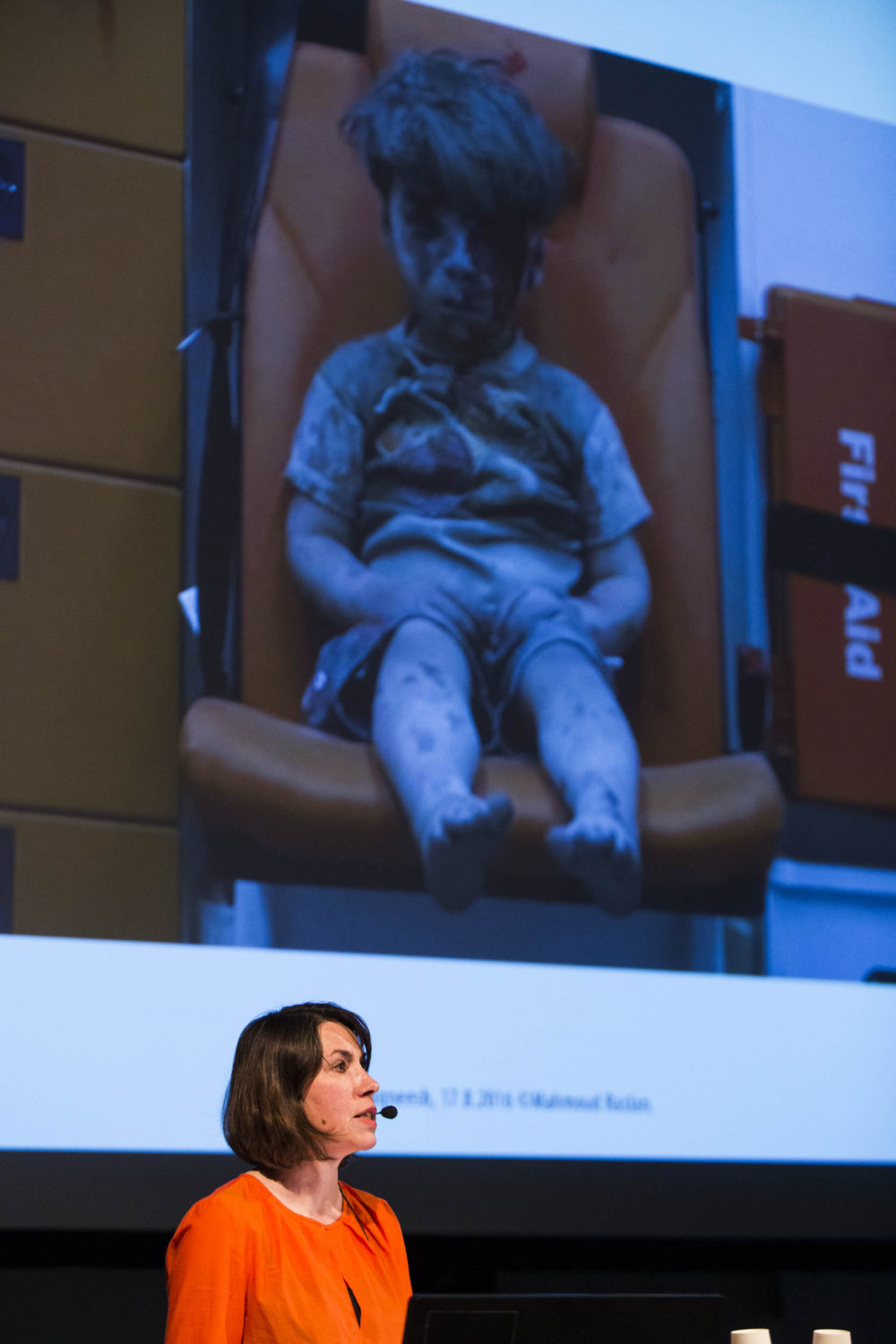
Foto: Christoph Enke / Hs Hannover
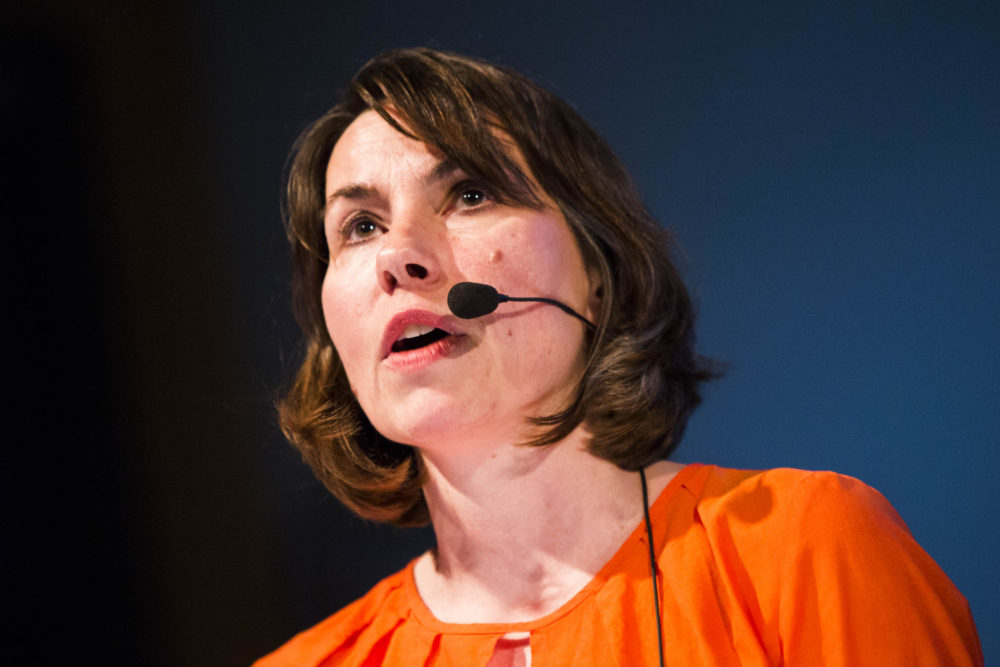
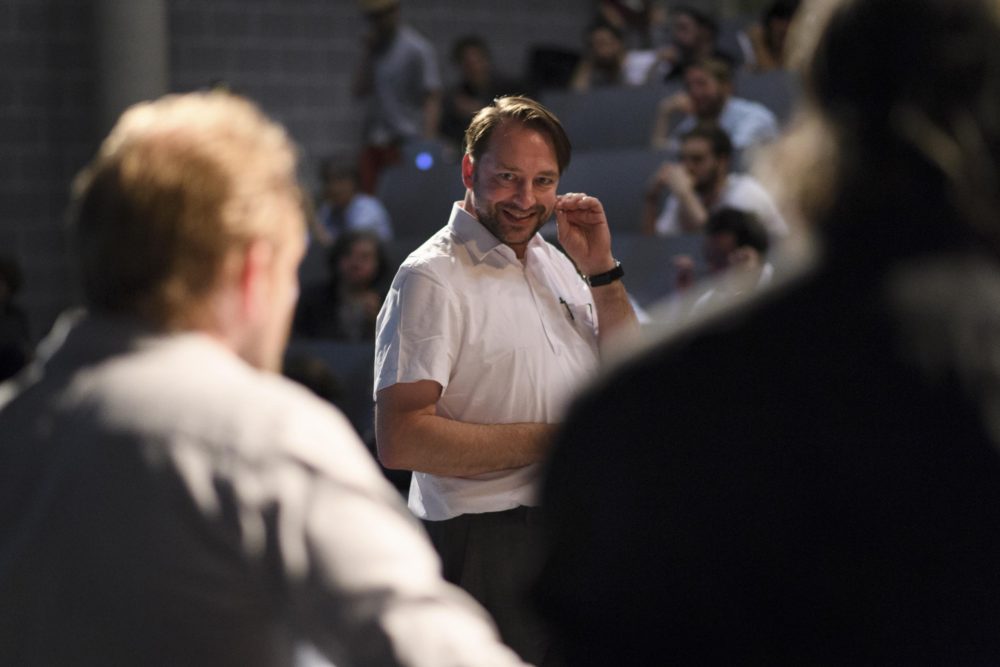
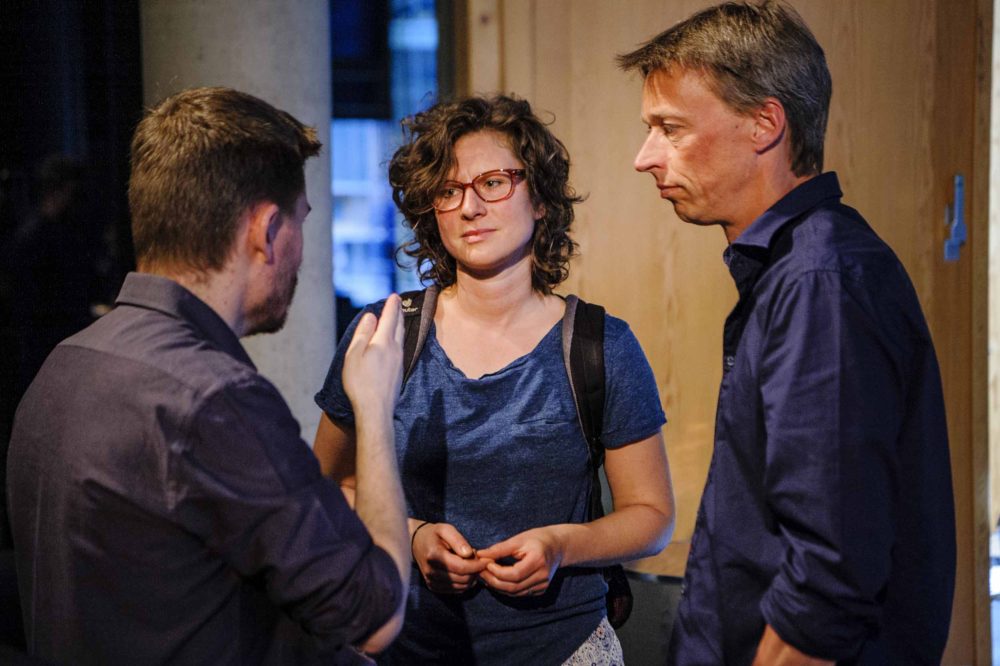
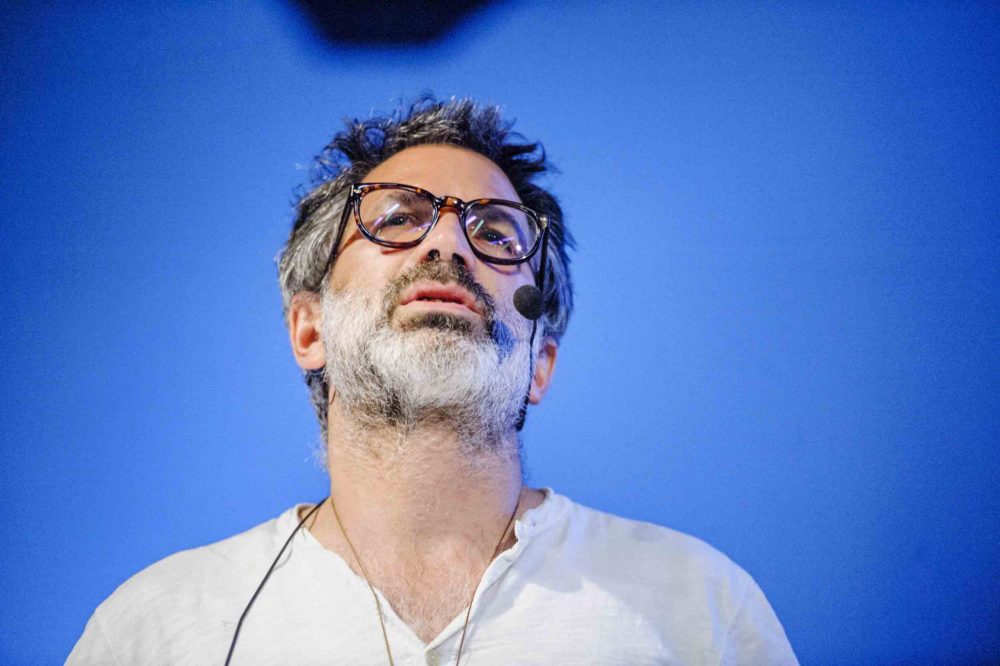
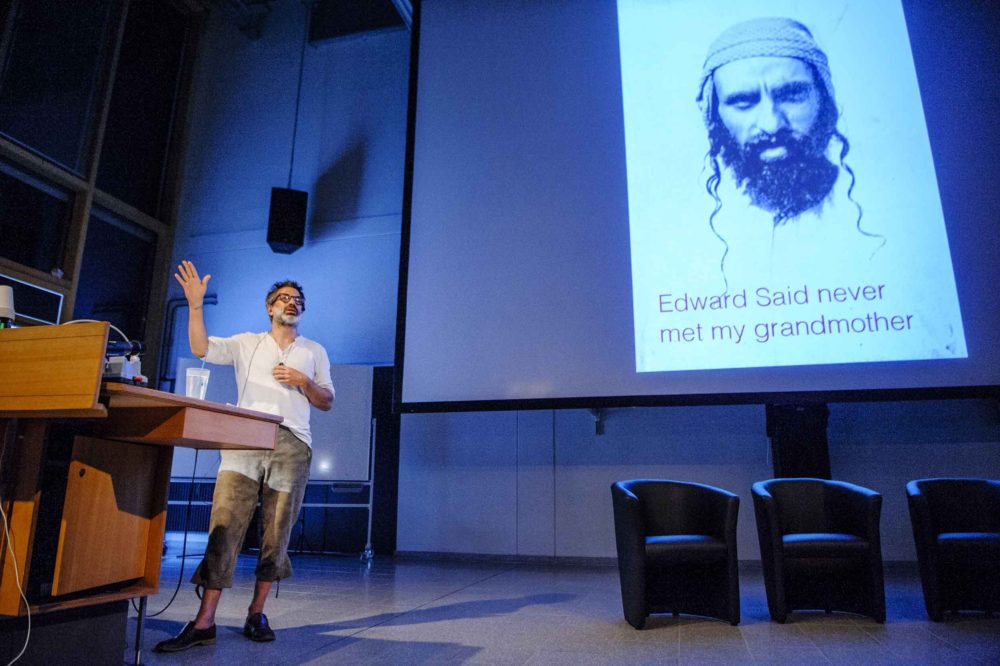
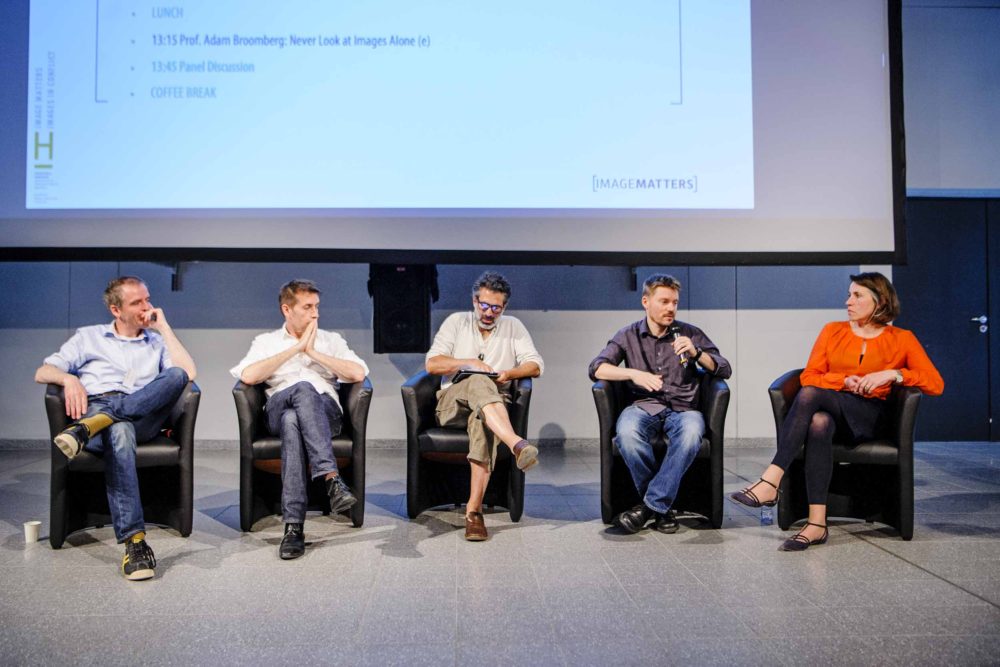
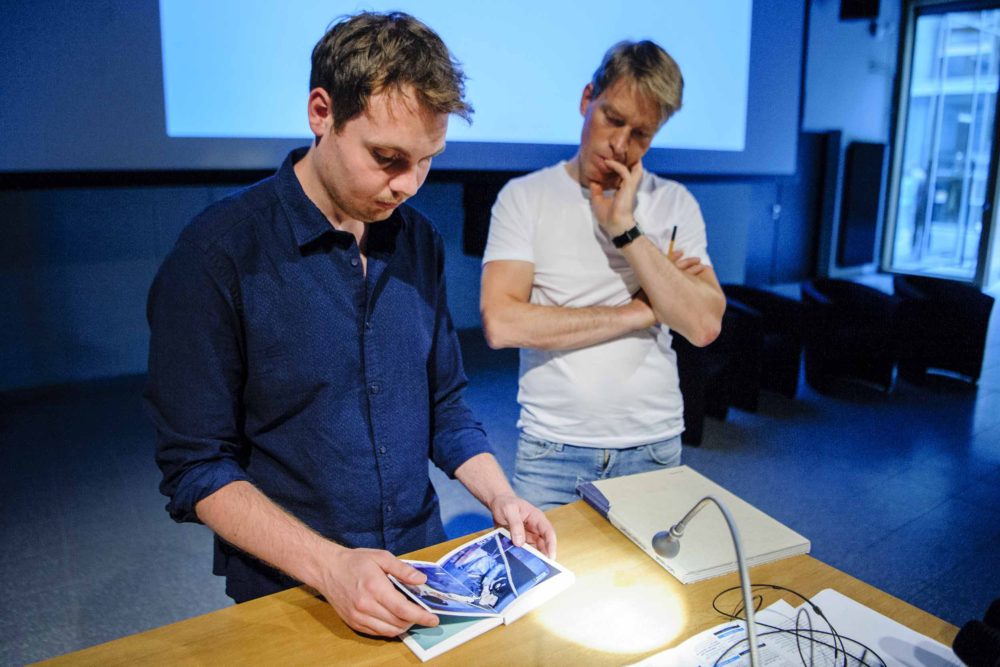
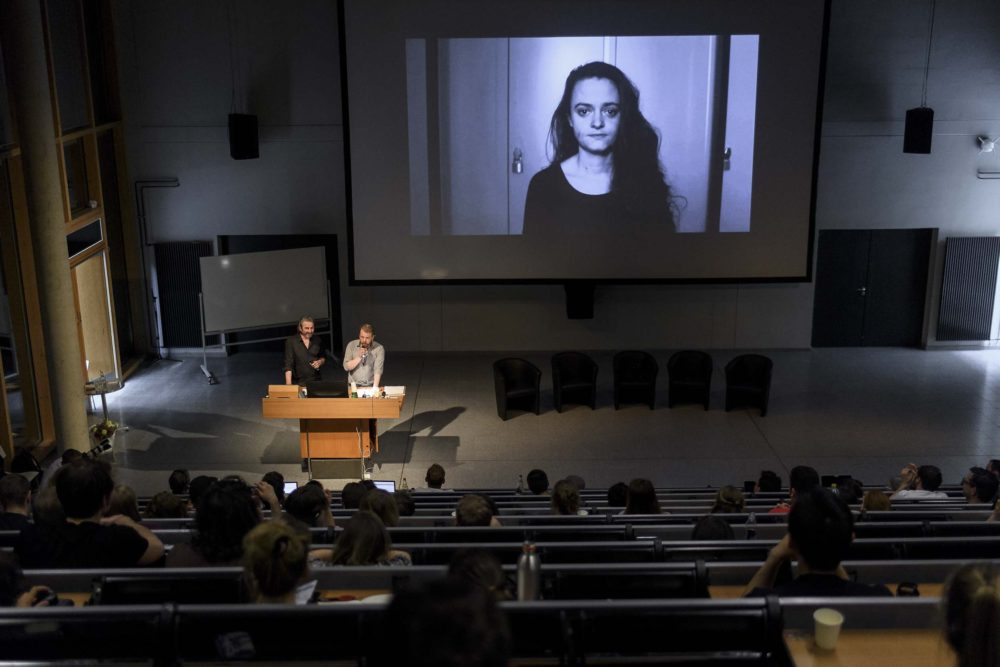
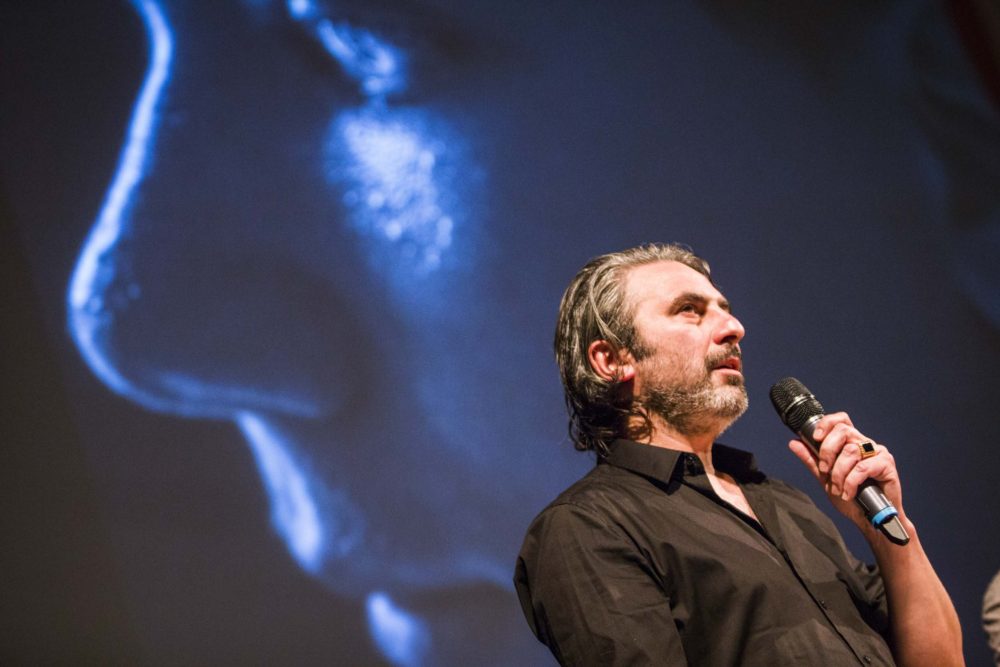
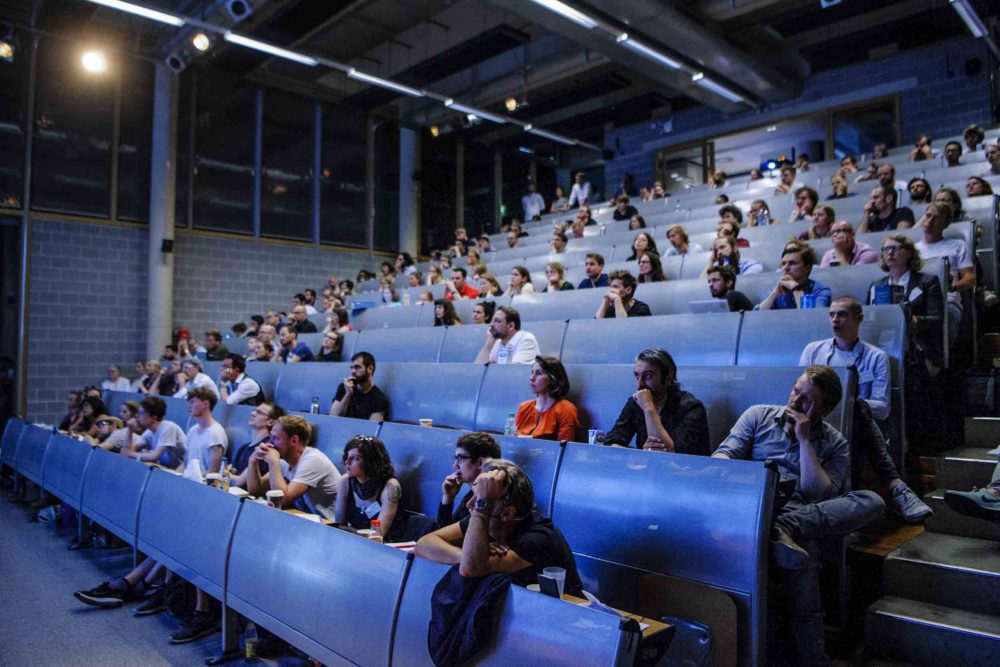
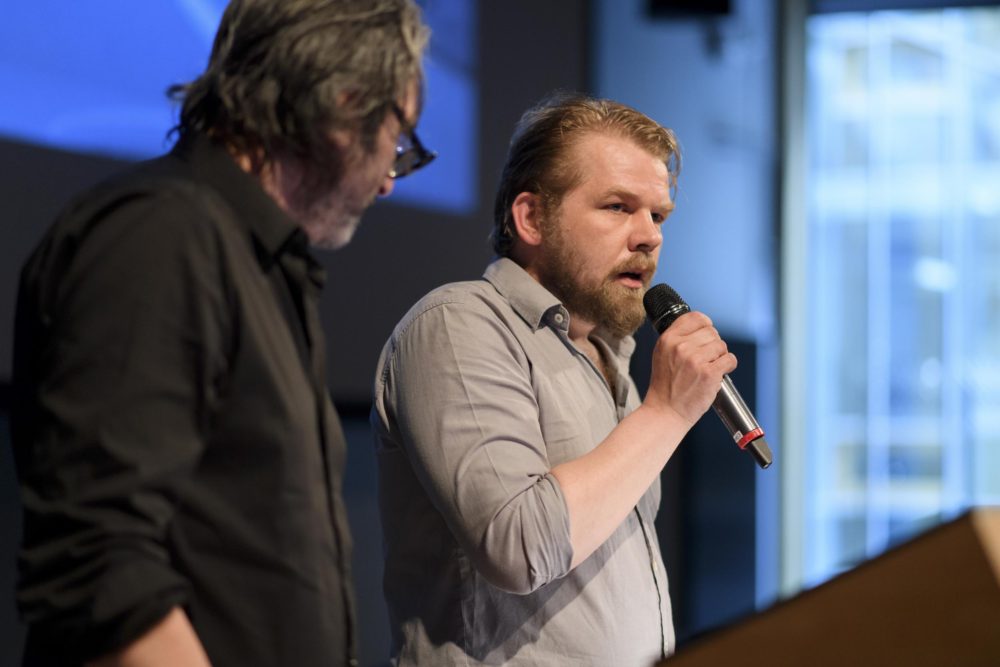
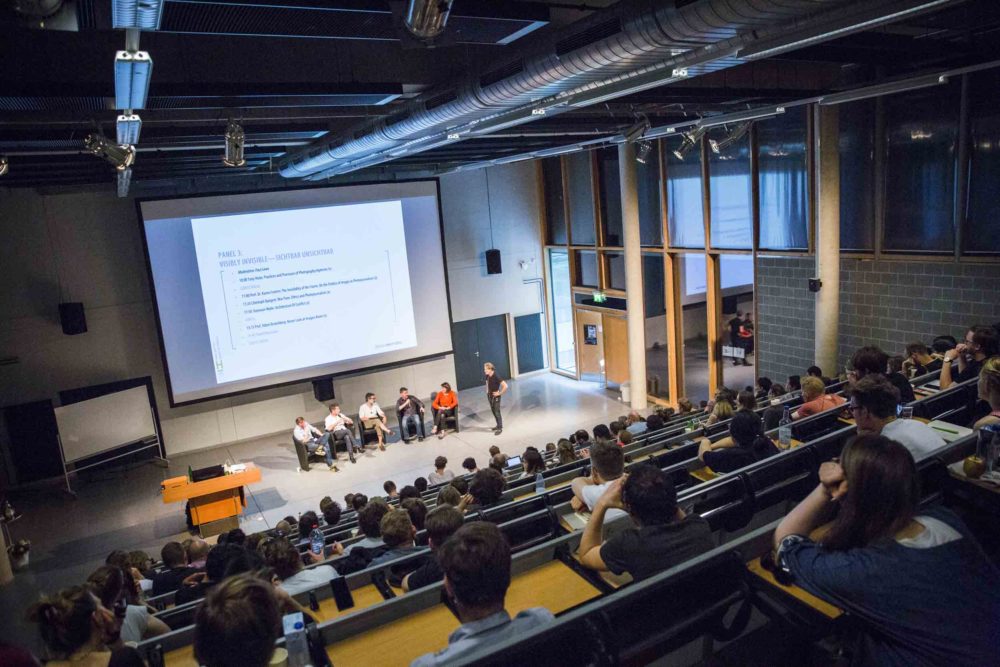

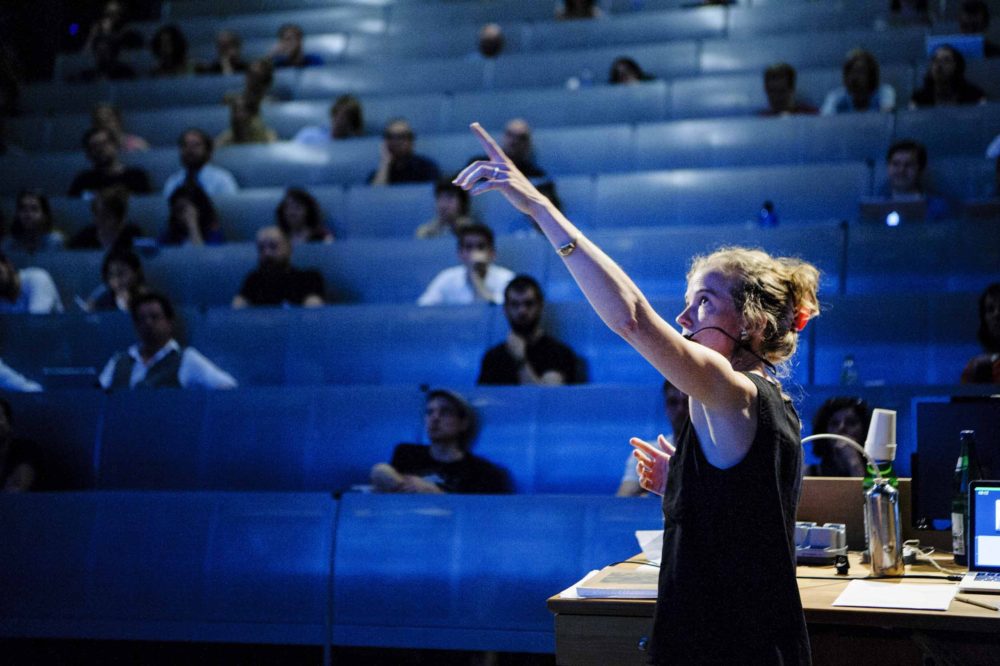

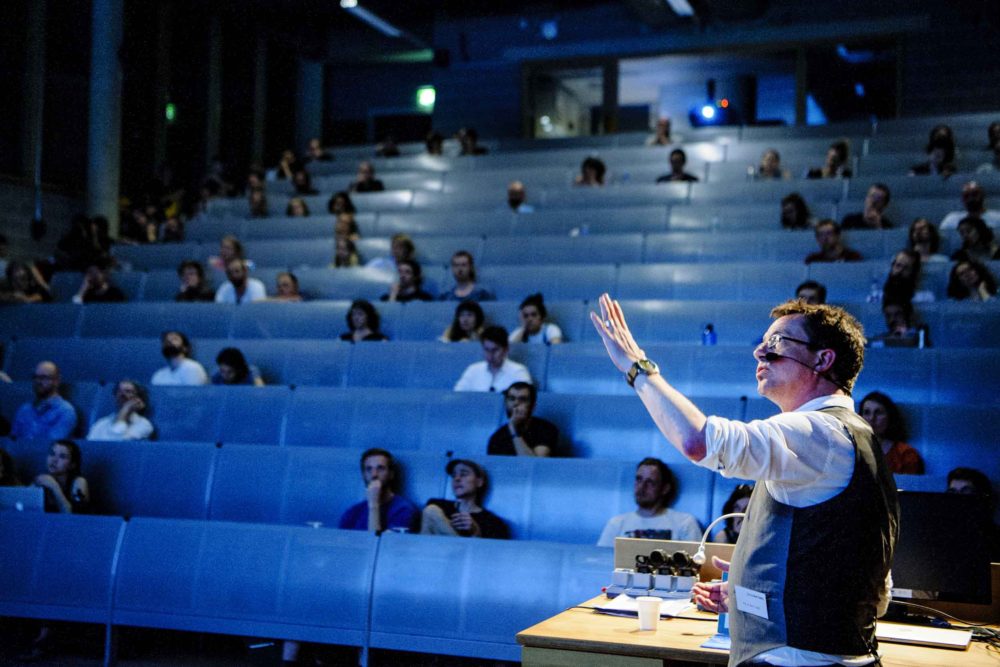
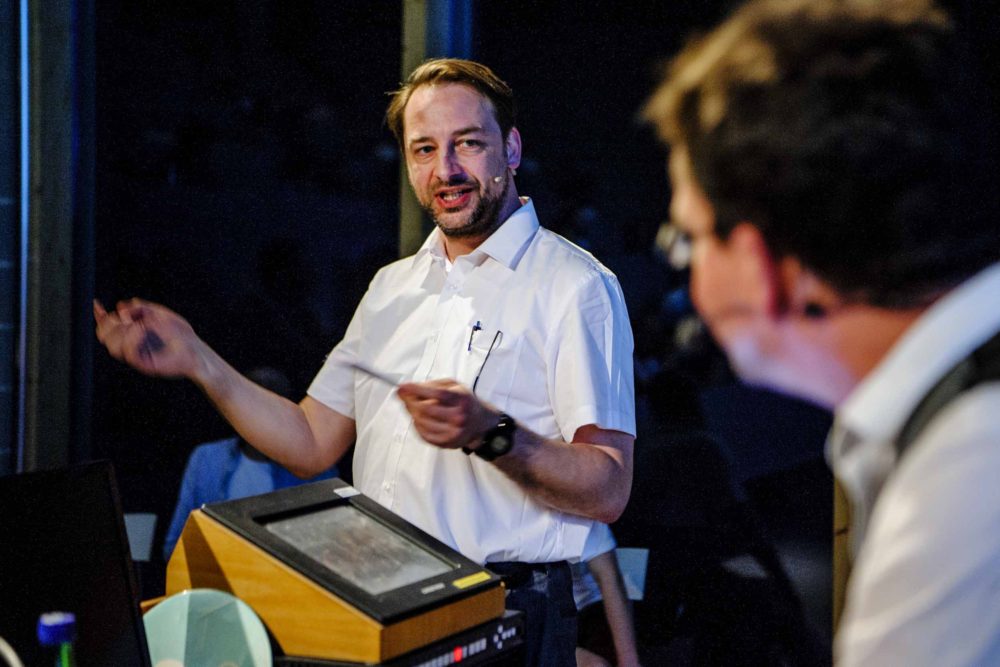
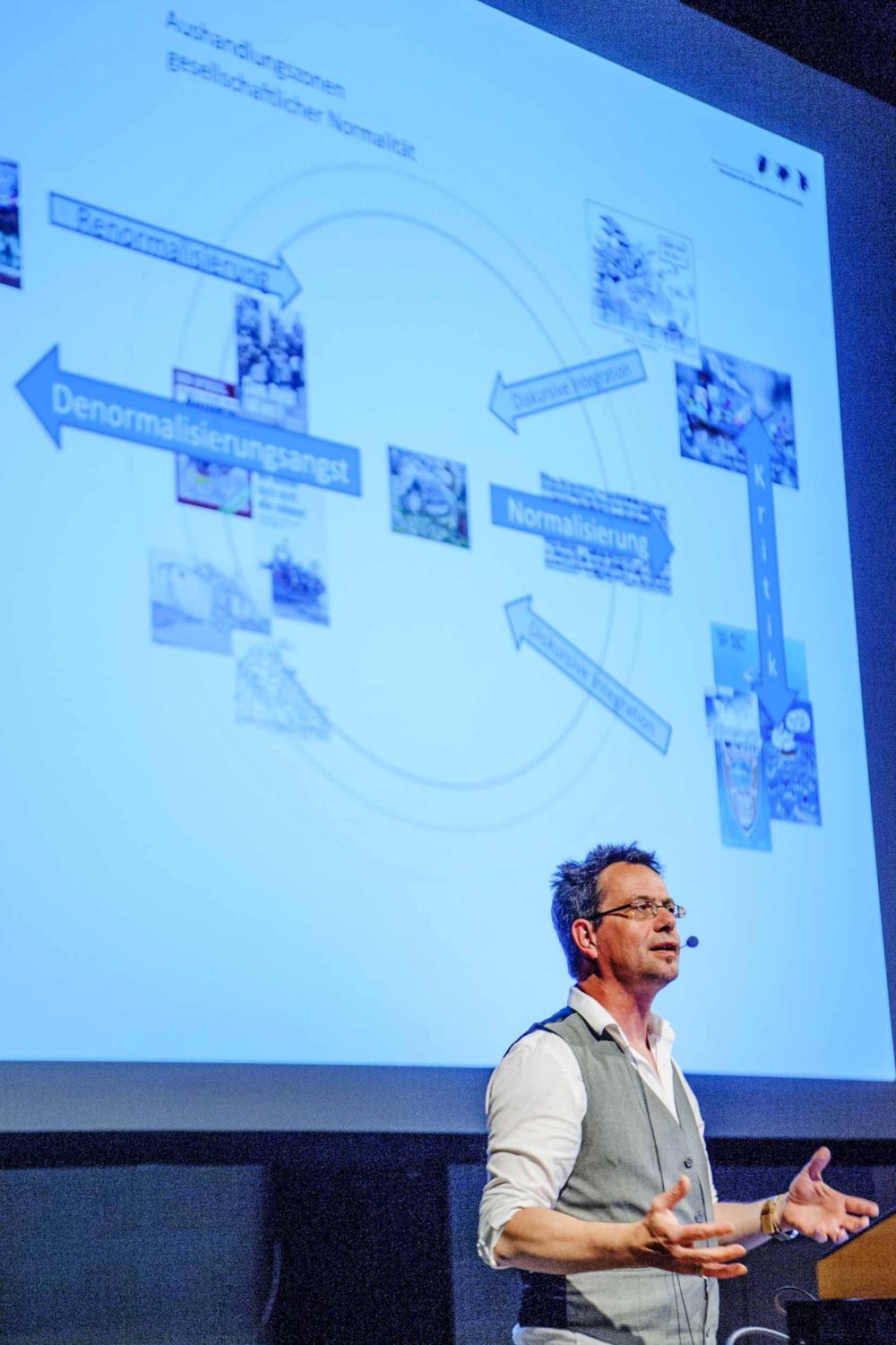
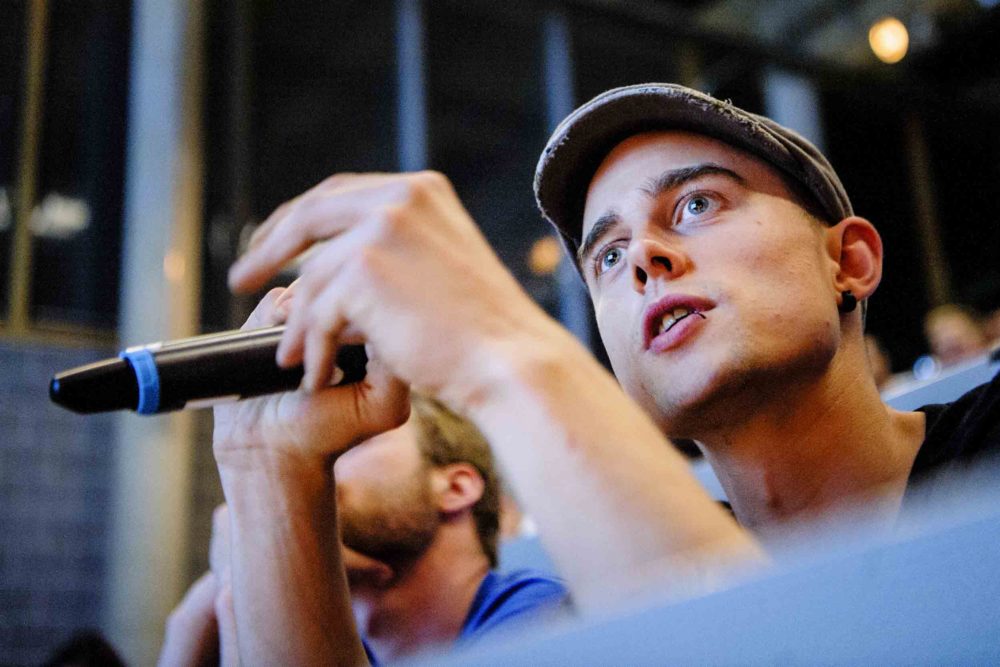
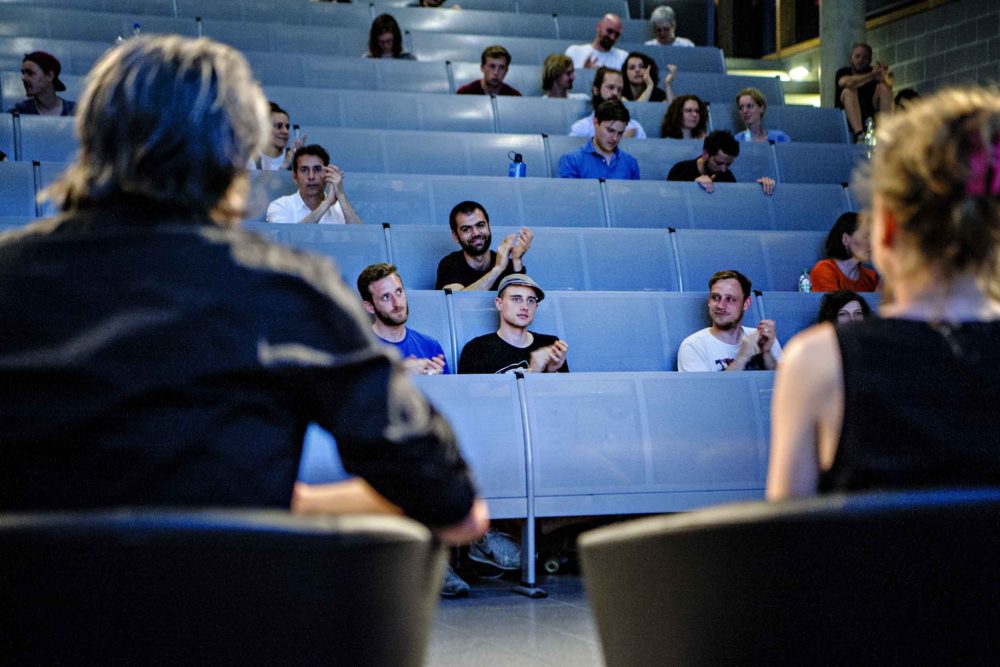
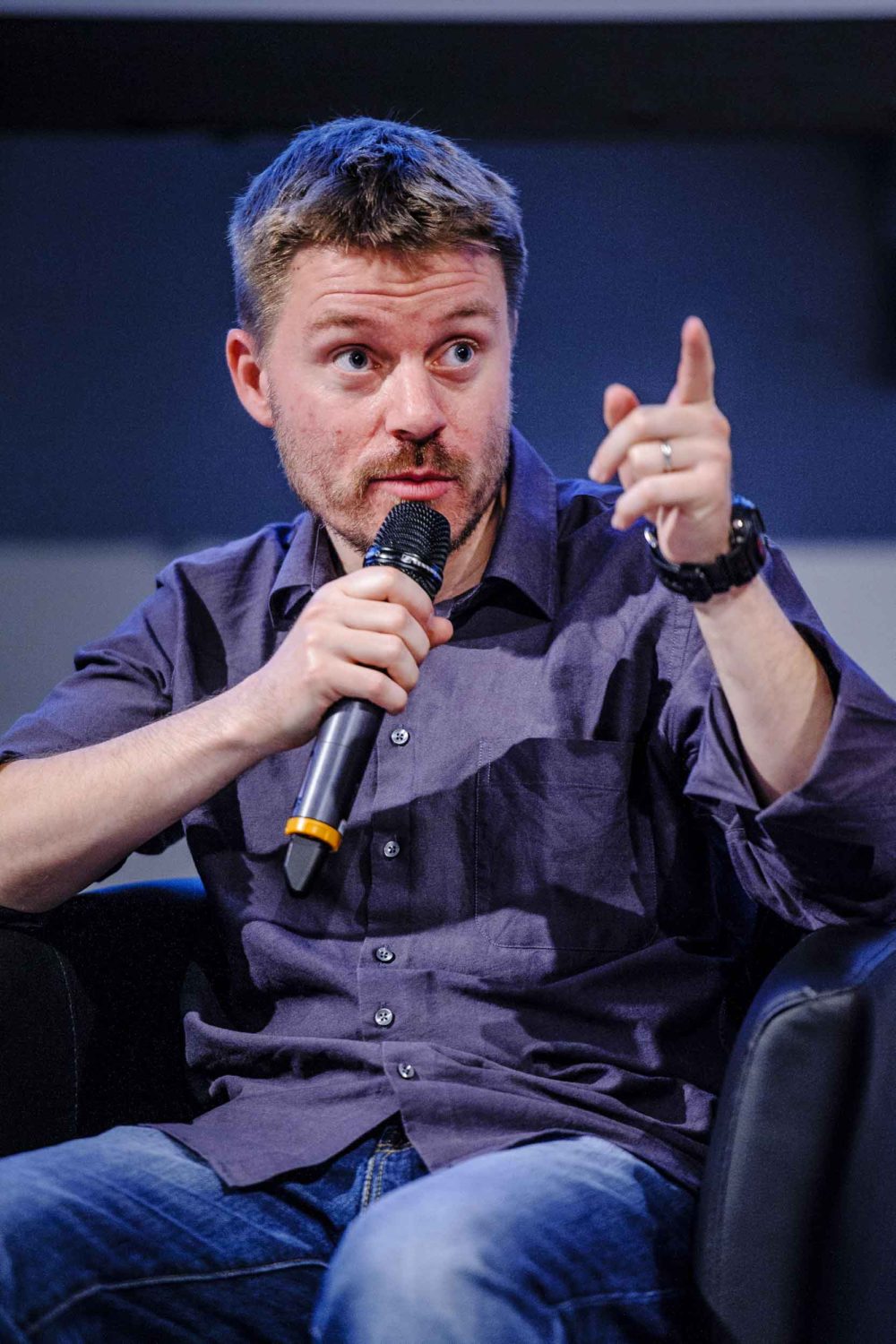

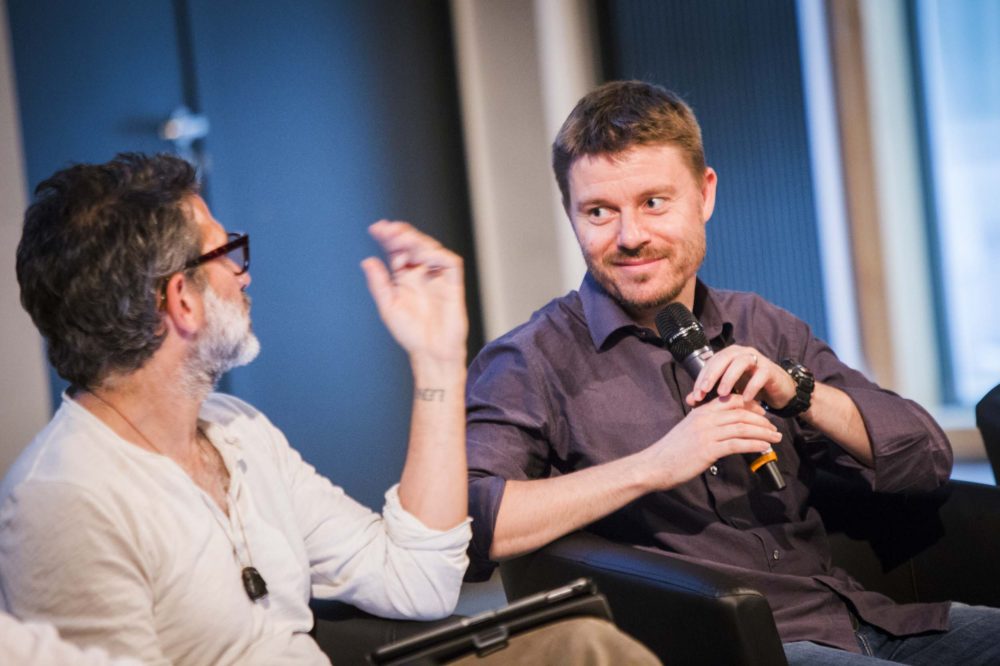
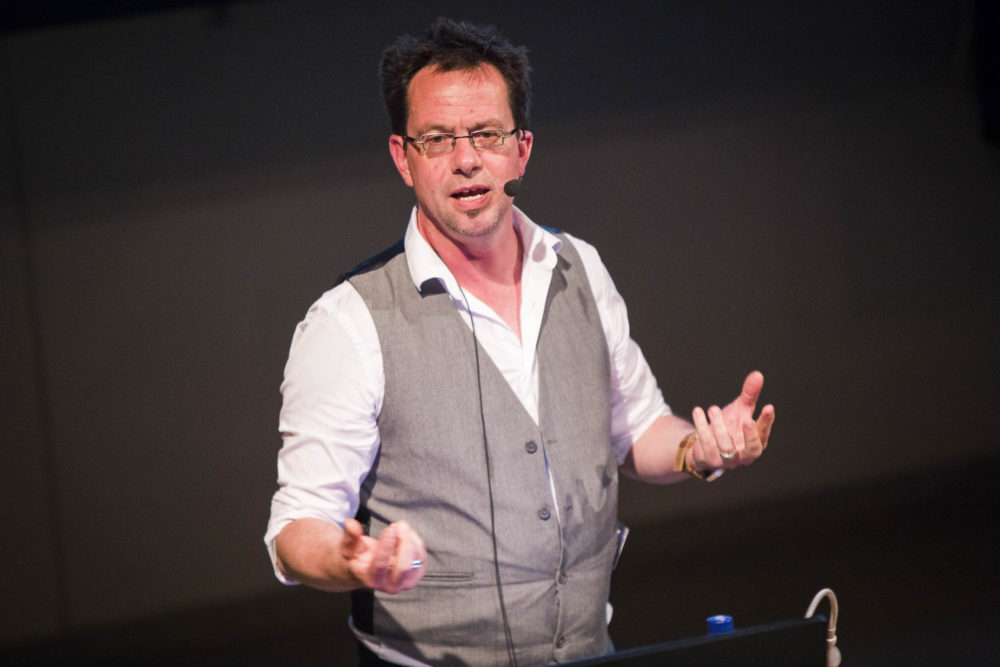

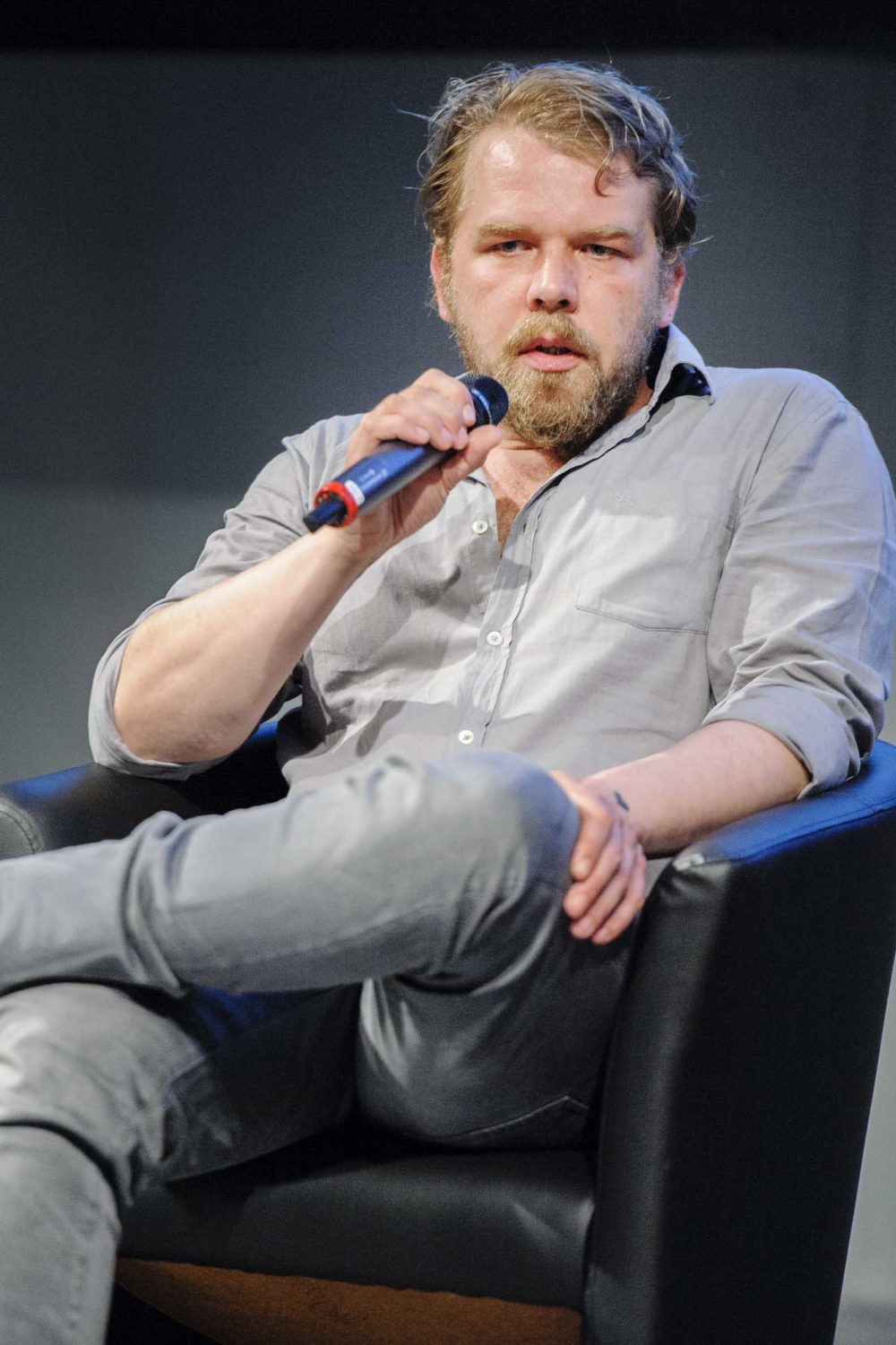
Location
Auditorium of the Fac. III,
Dept. Design and Media,
Hochschule Hannover,
Expo Plaza 2,
30539 Hannover
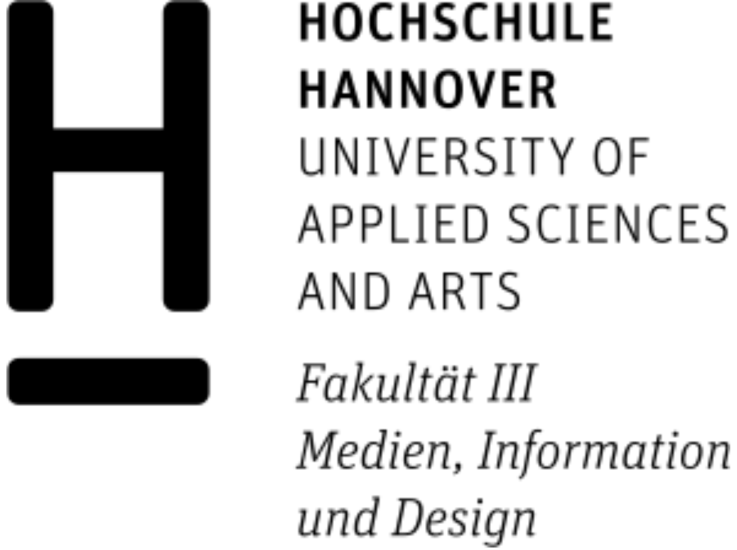


 Deutsch
Deutsch